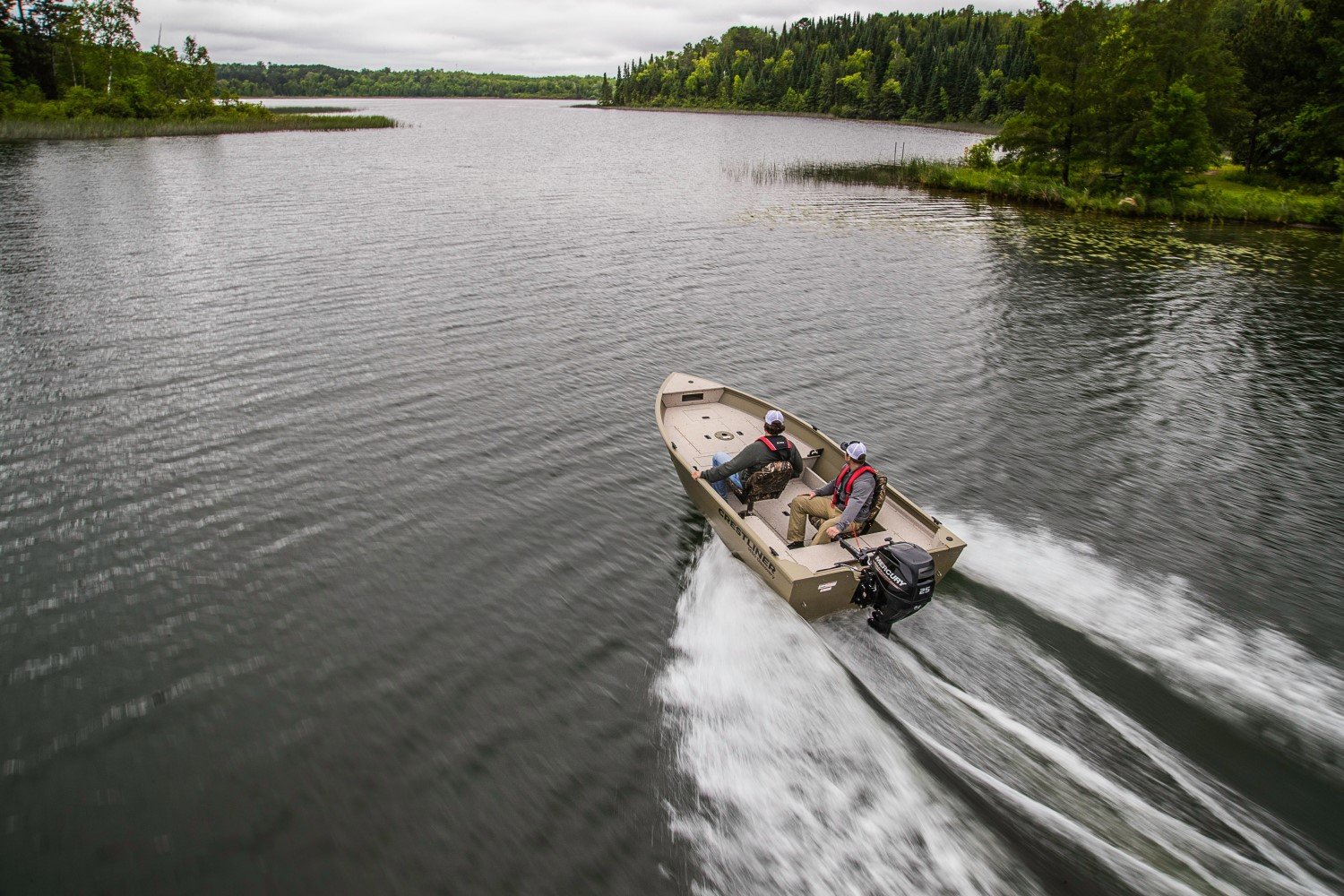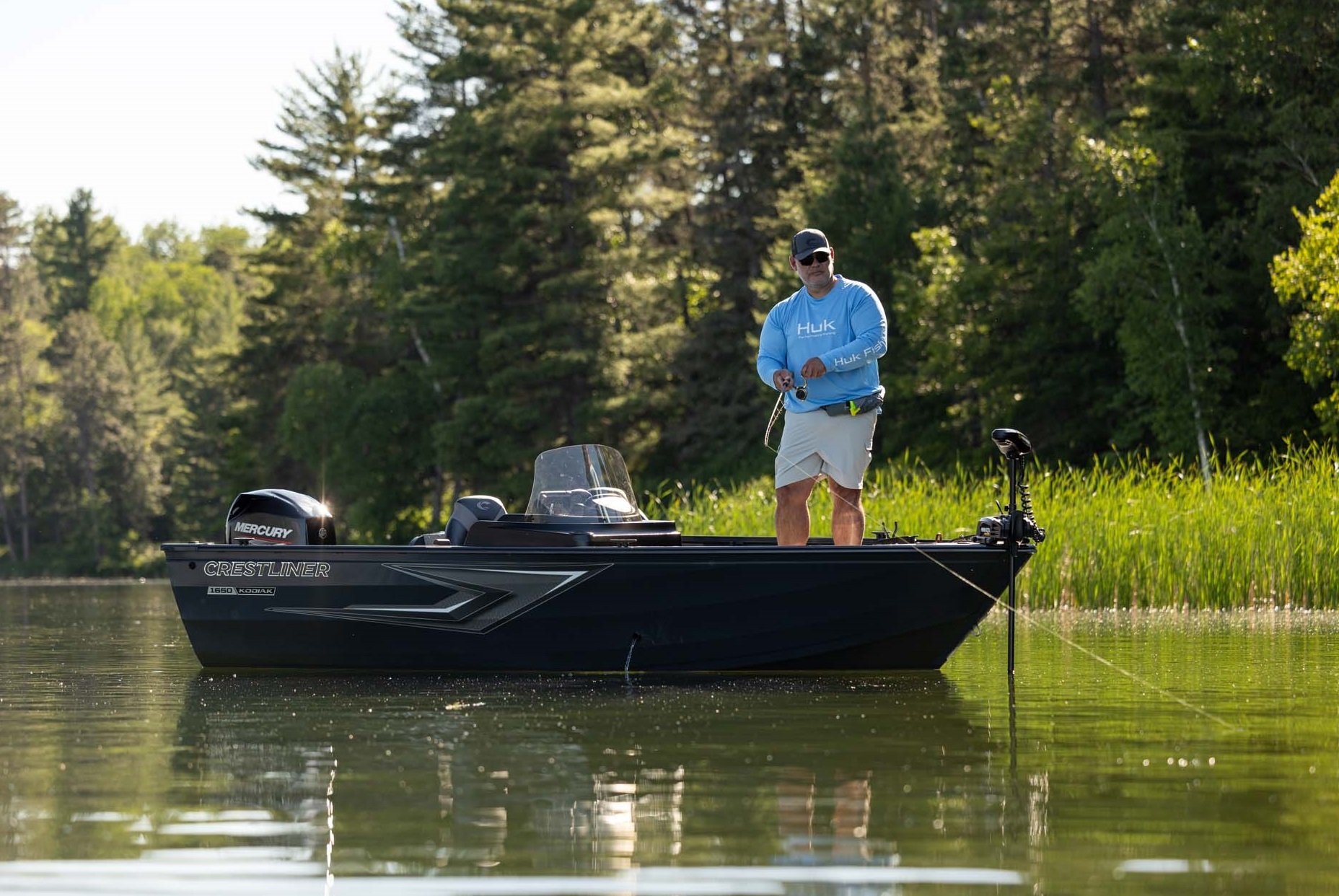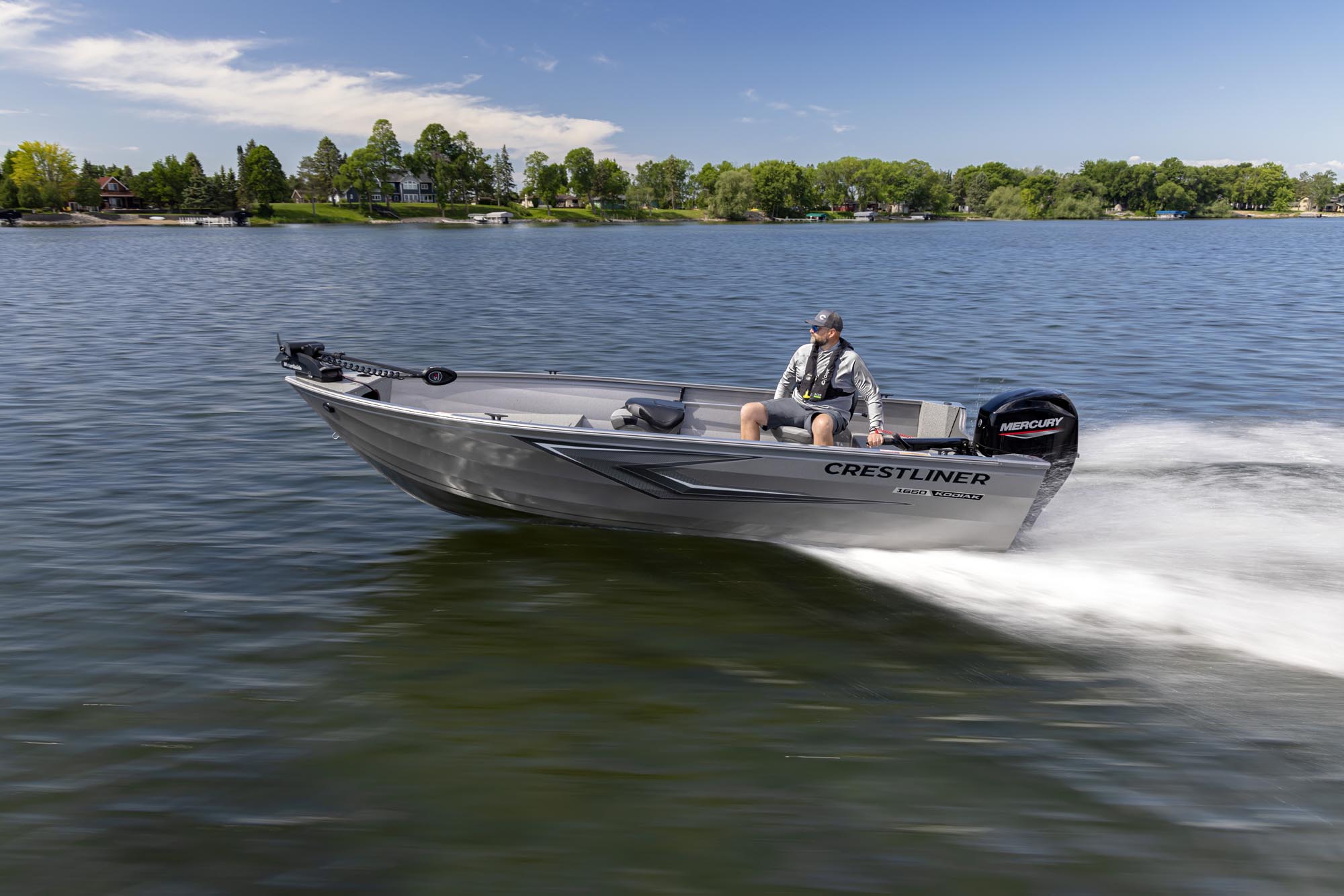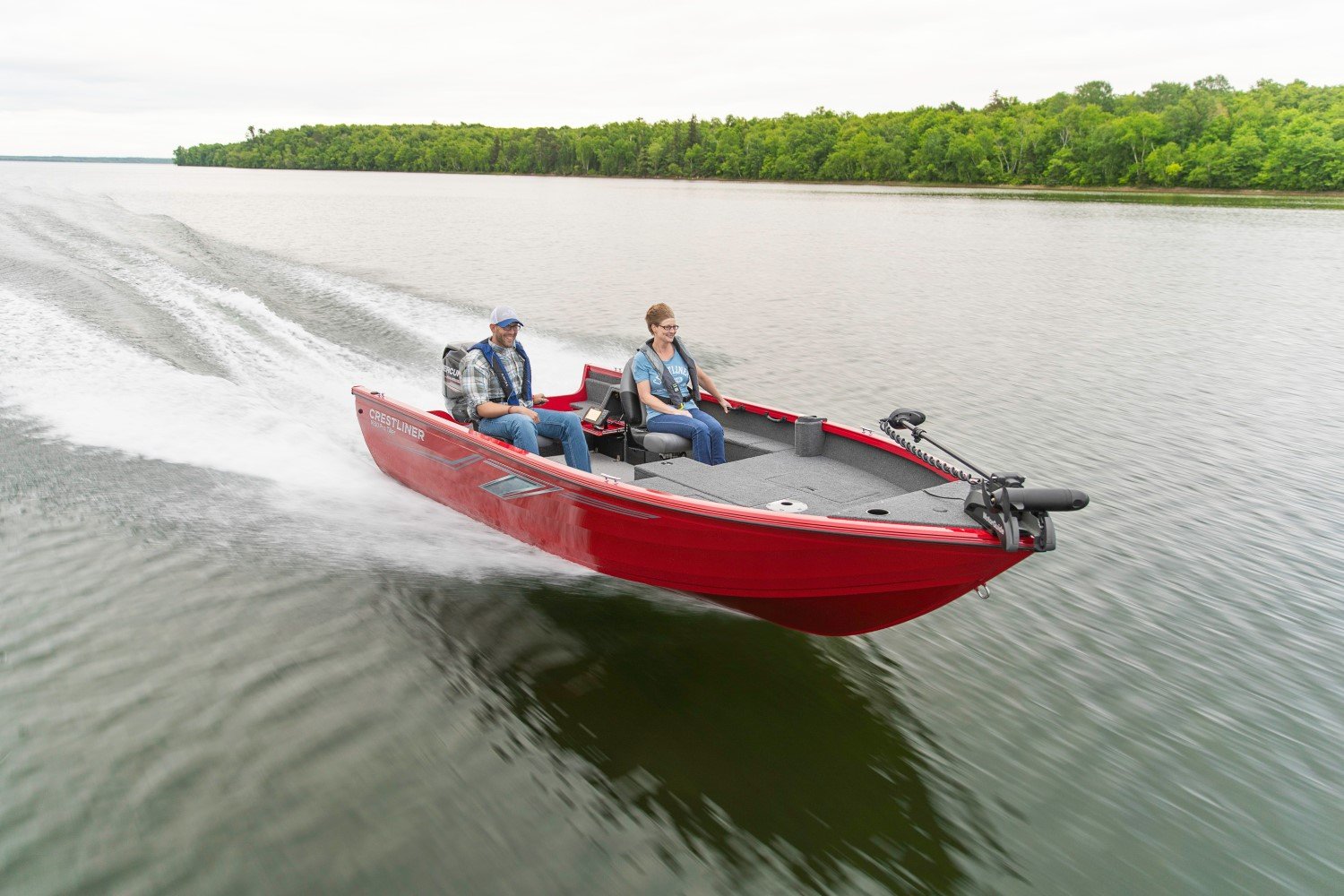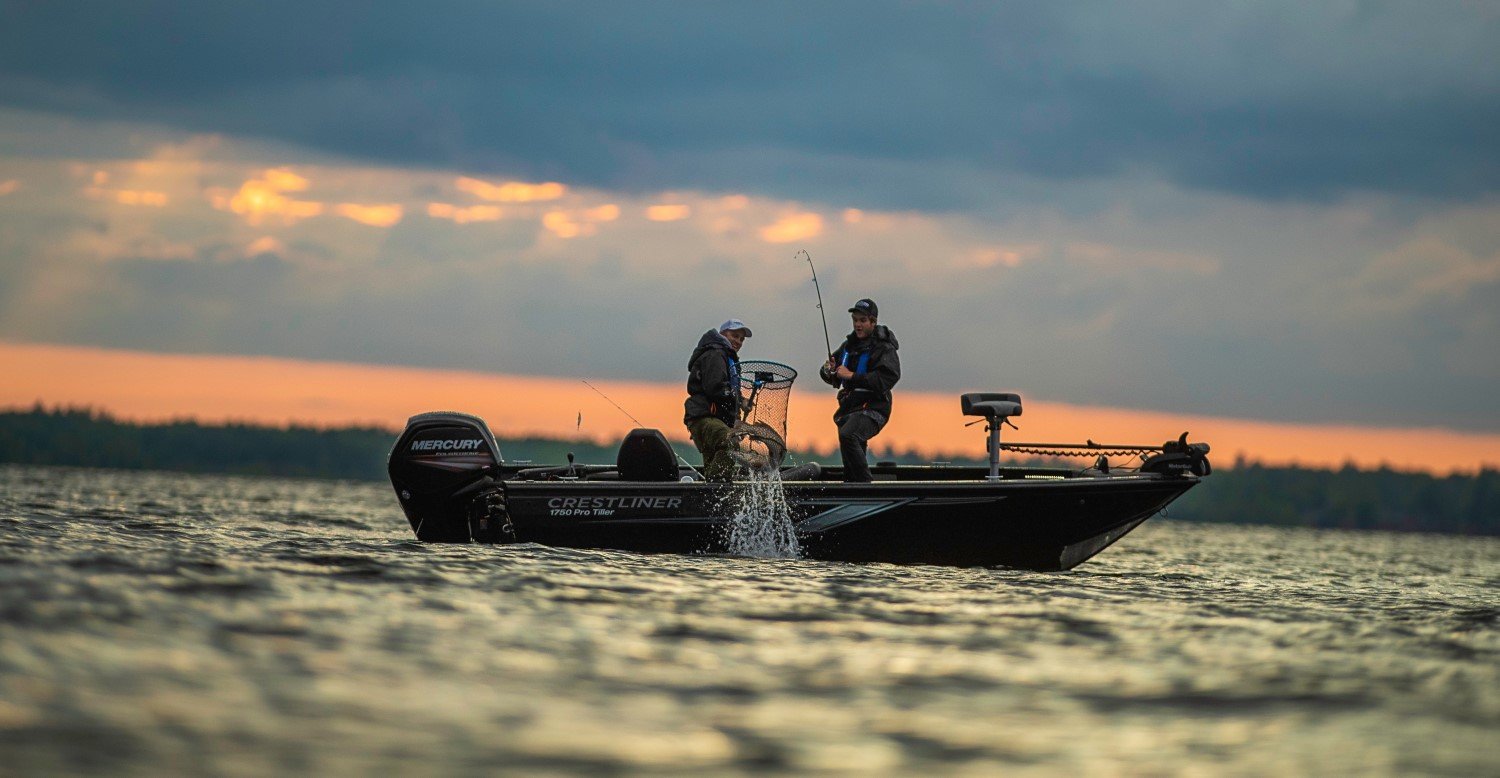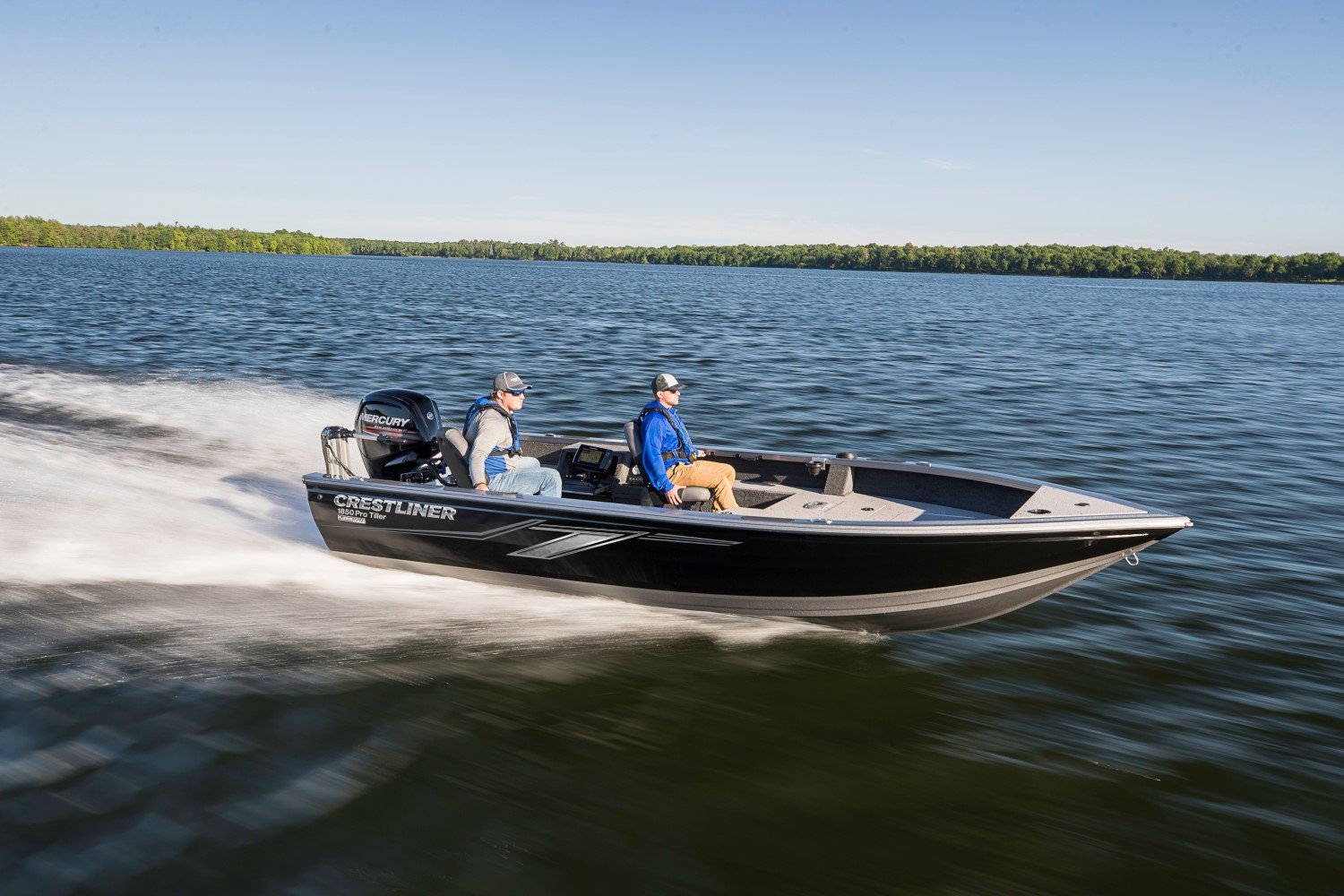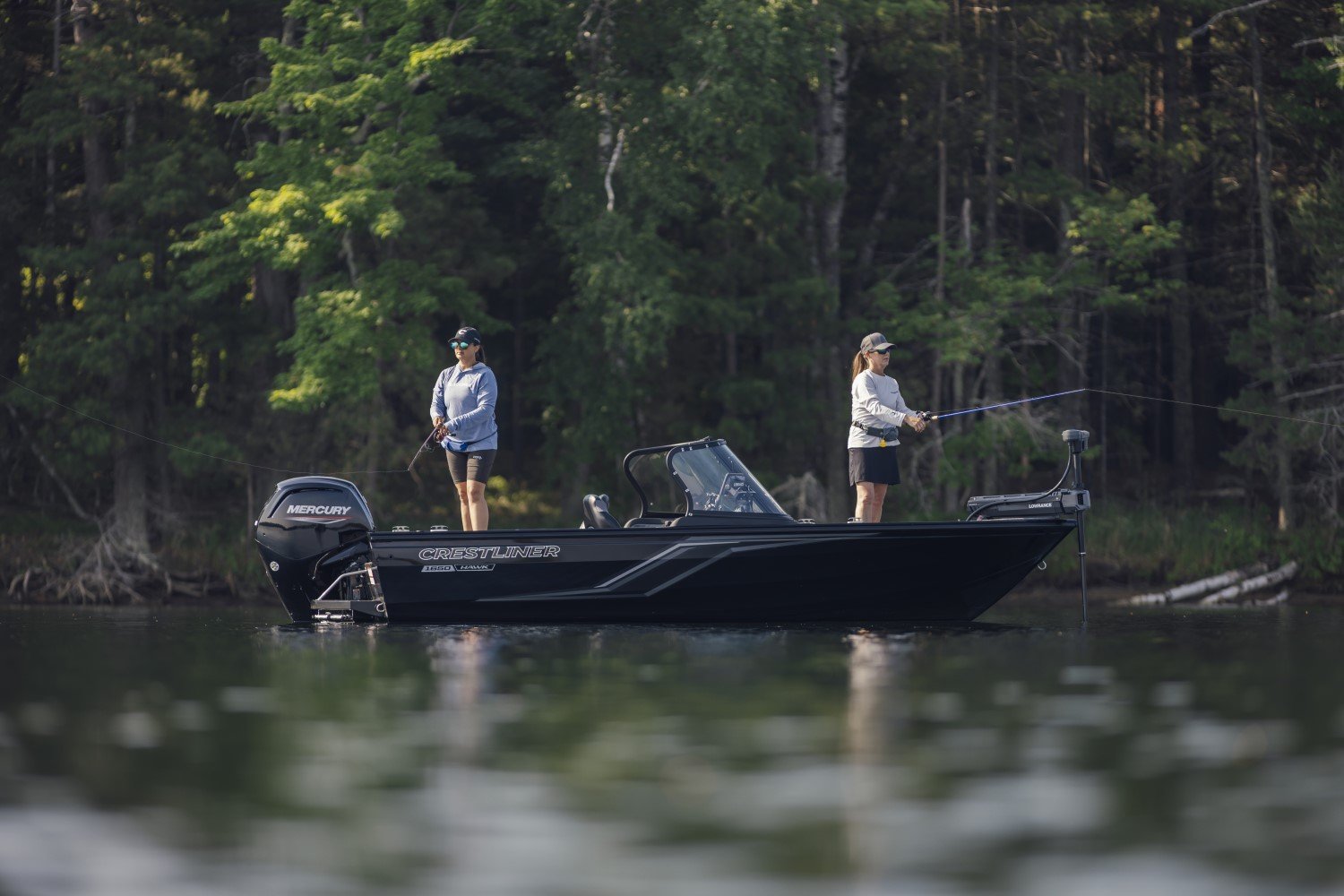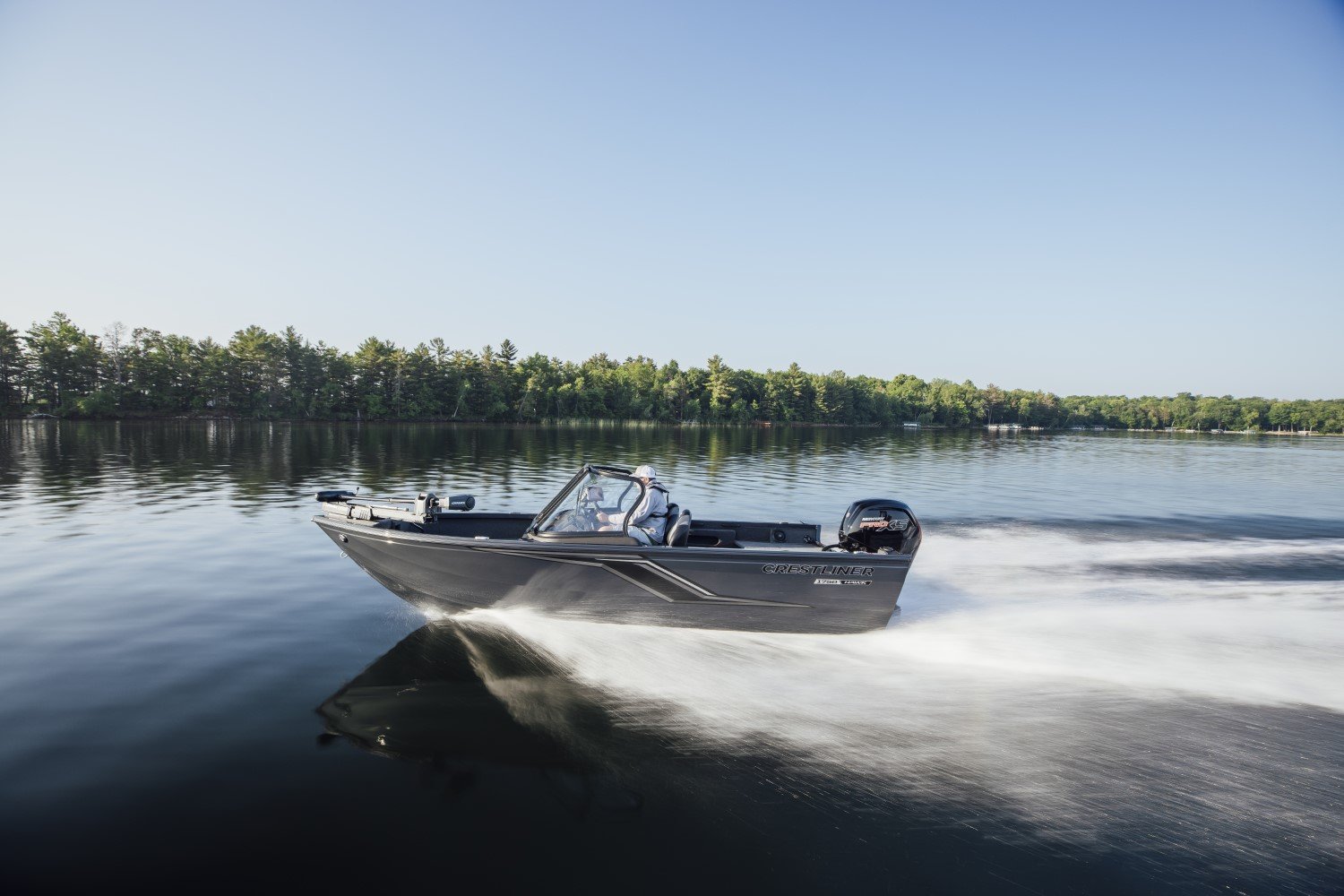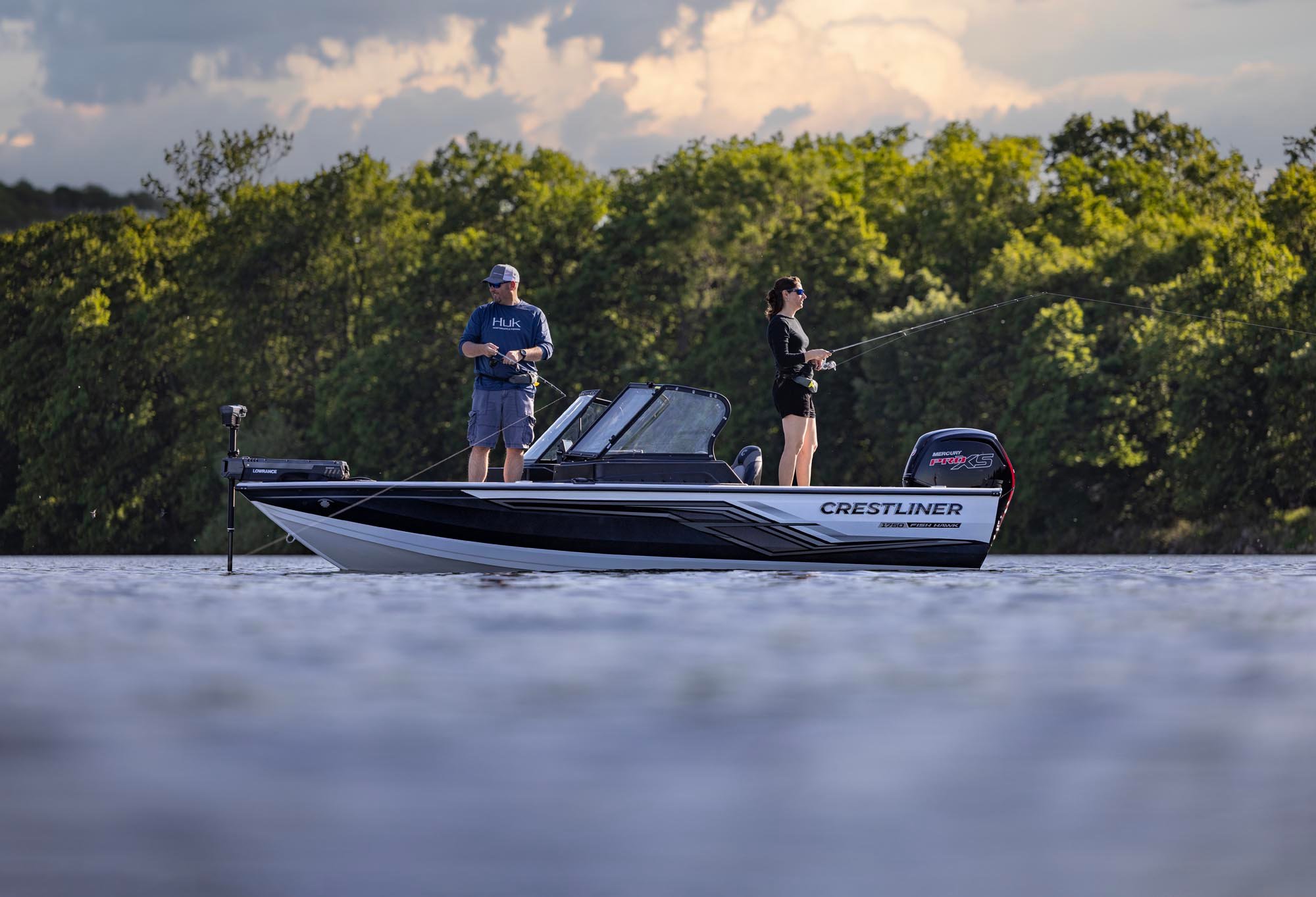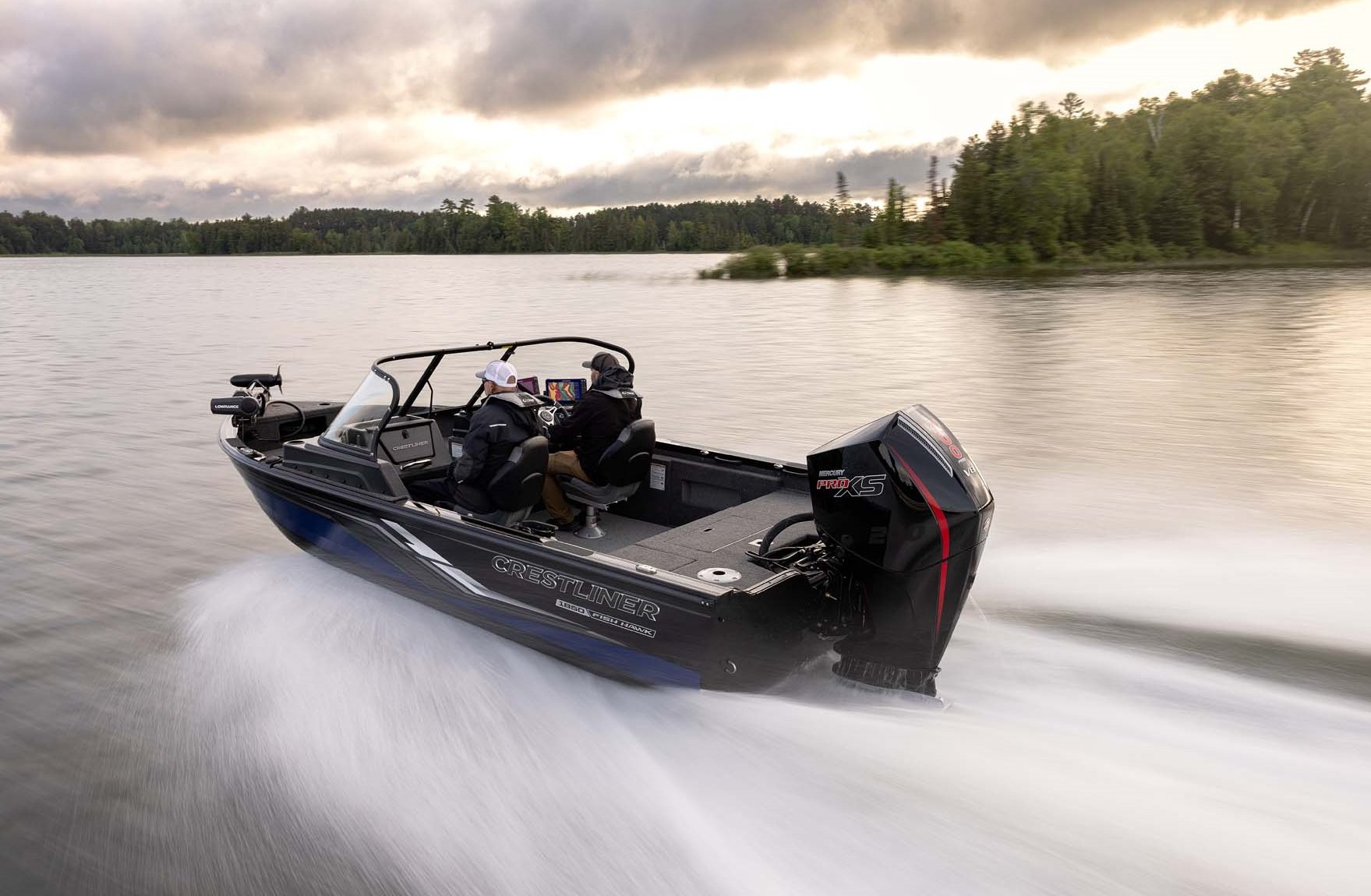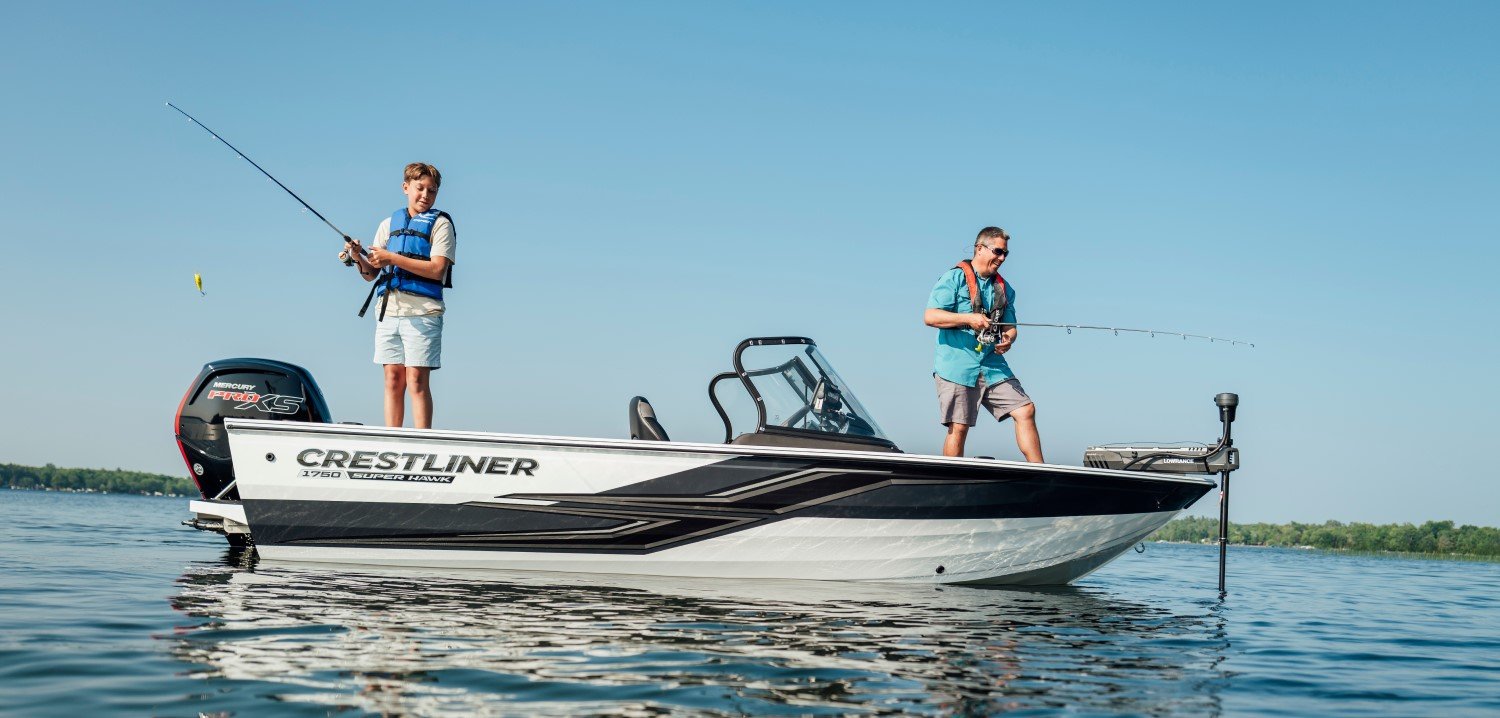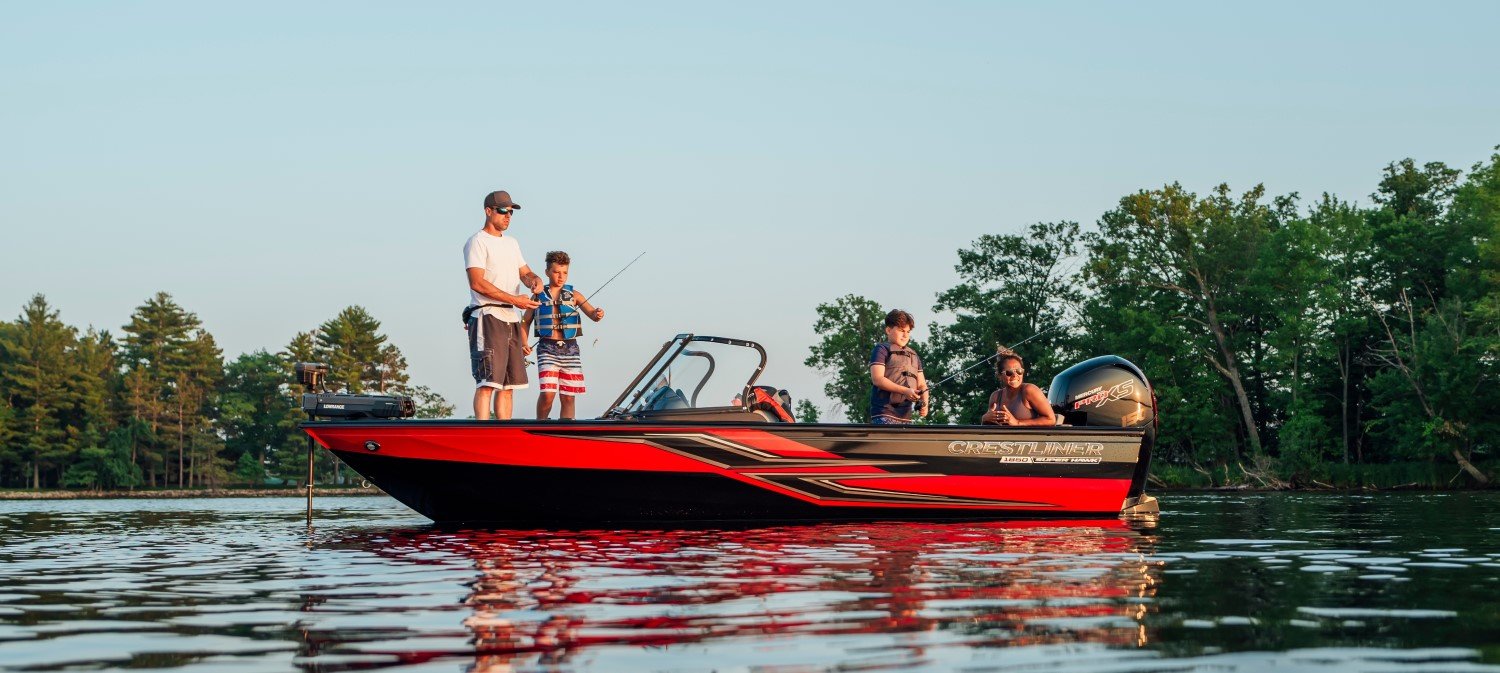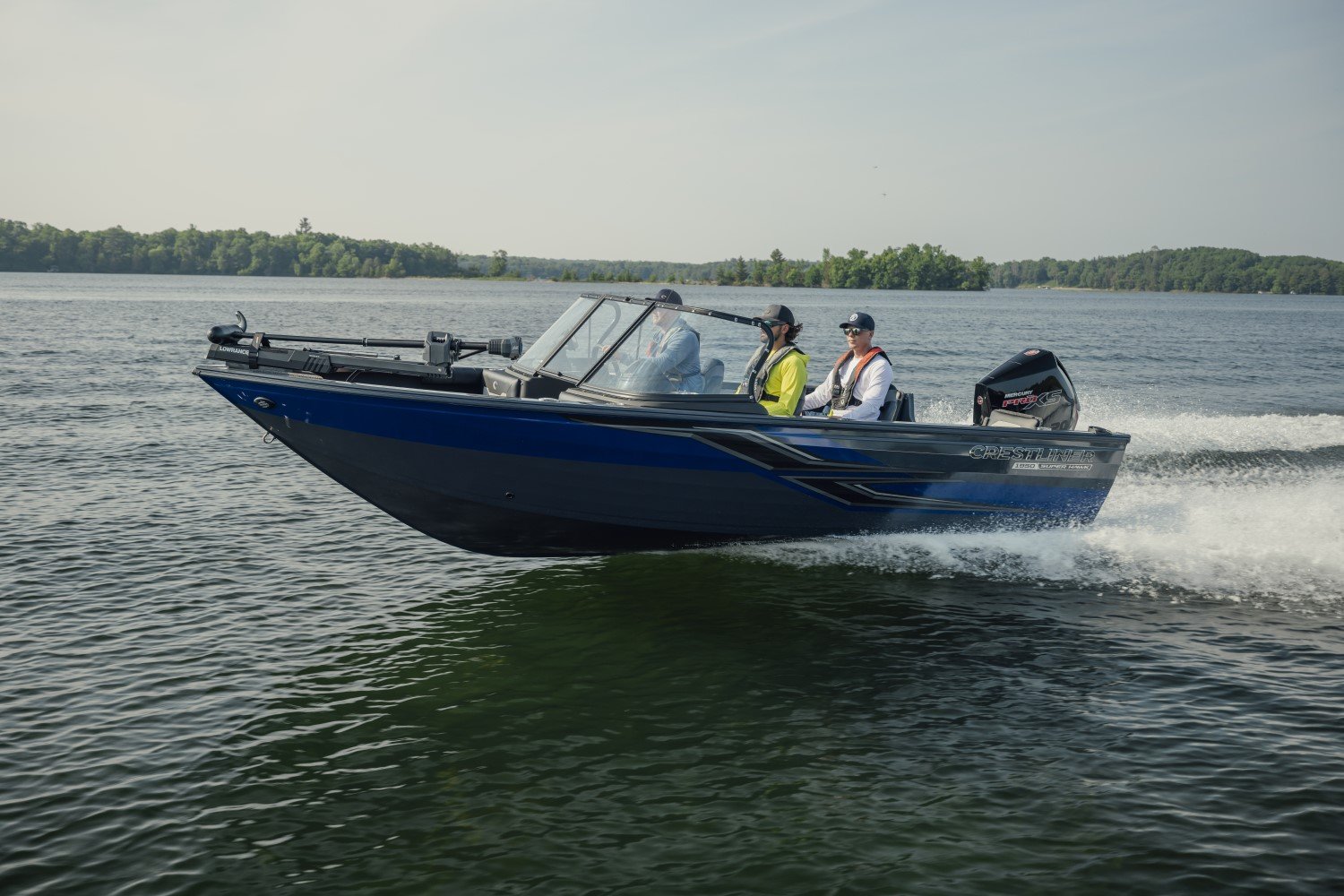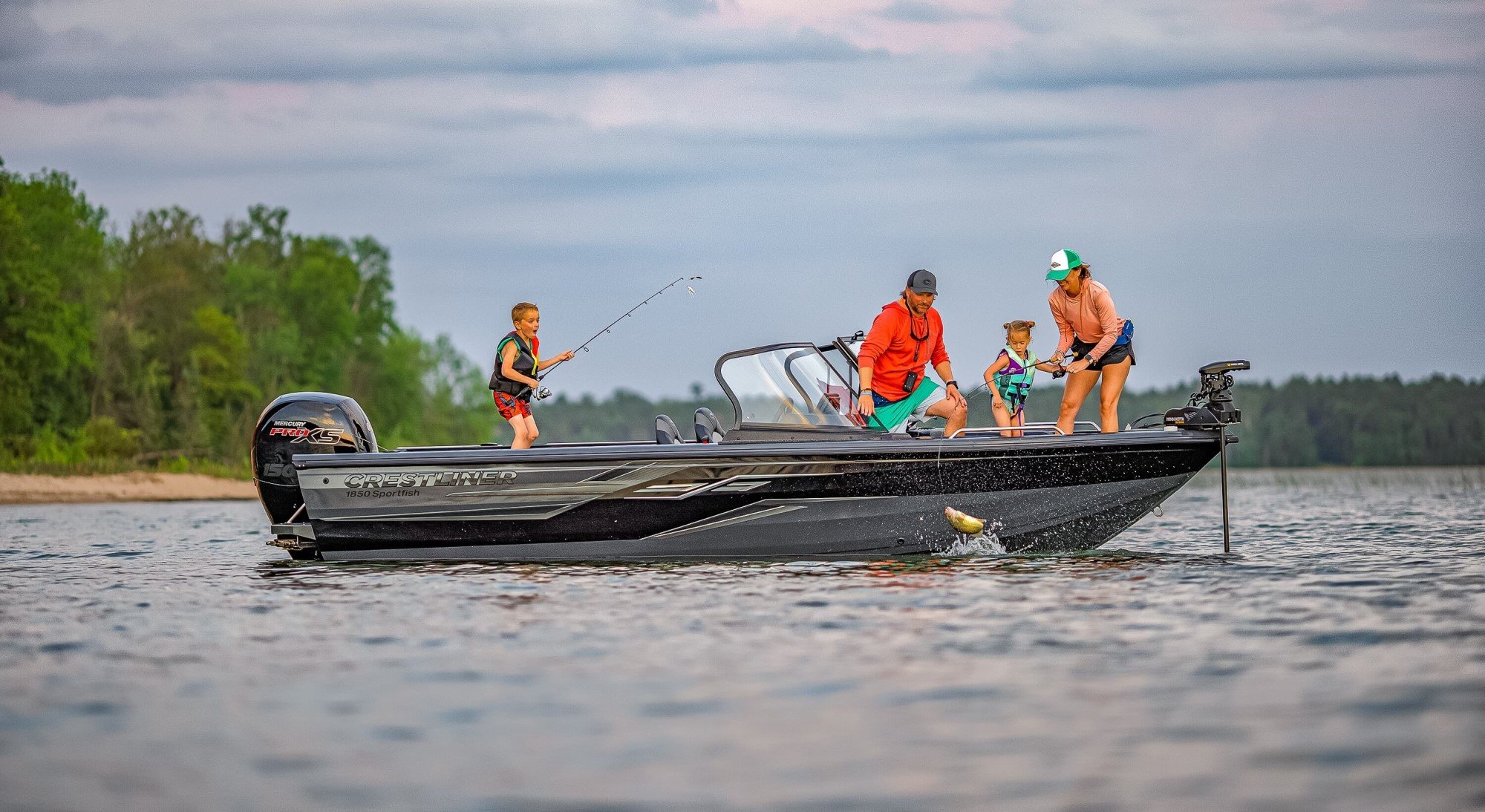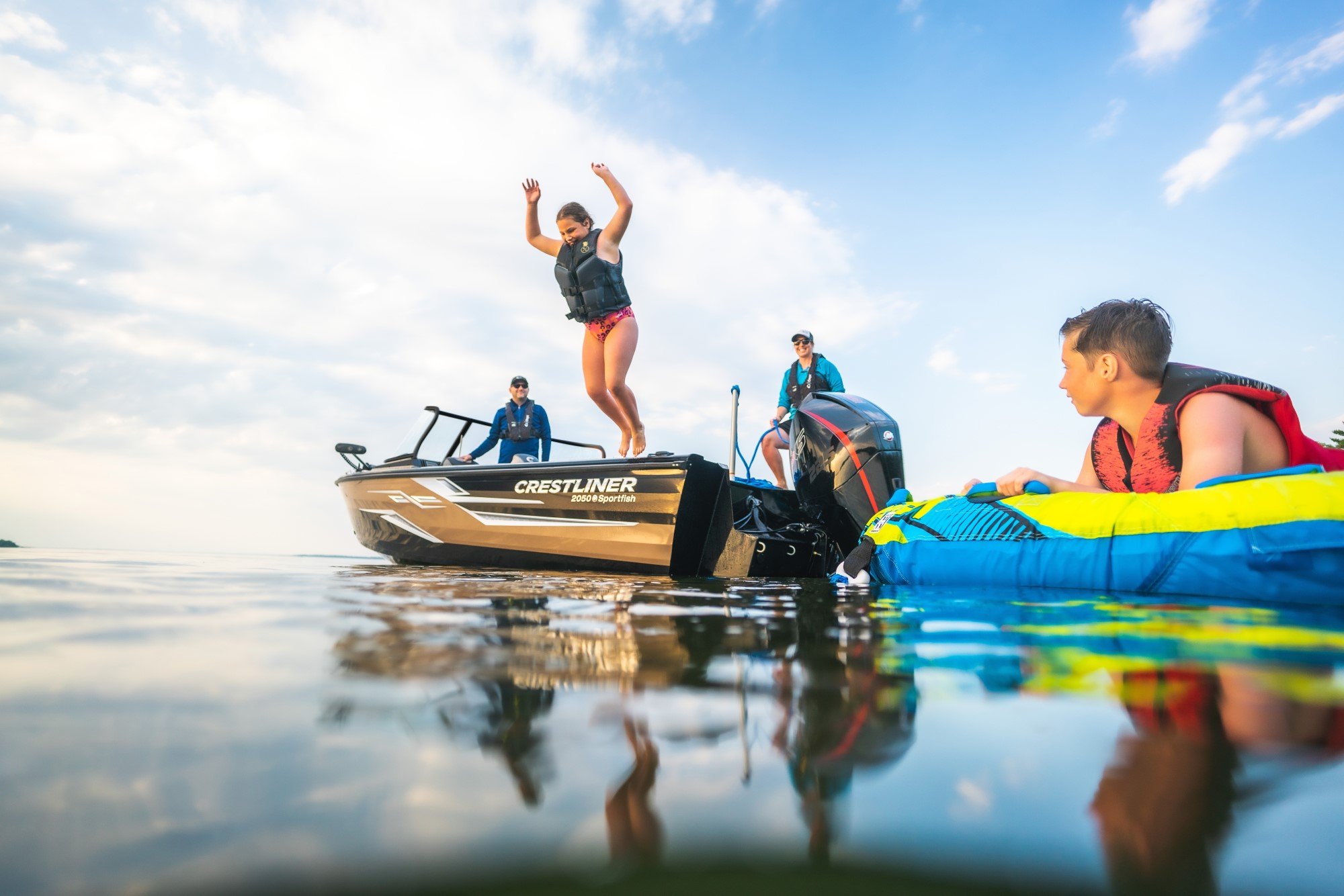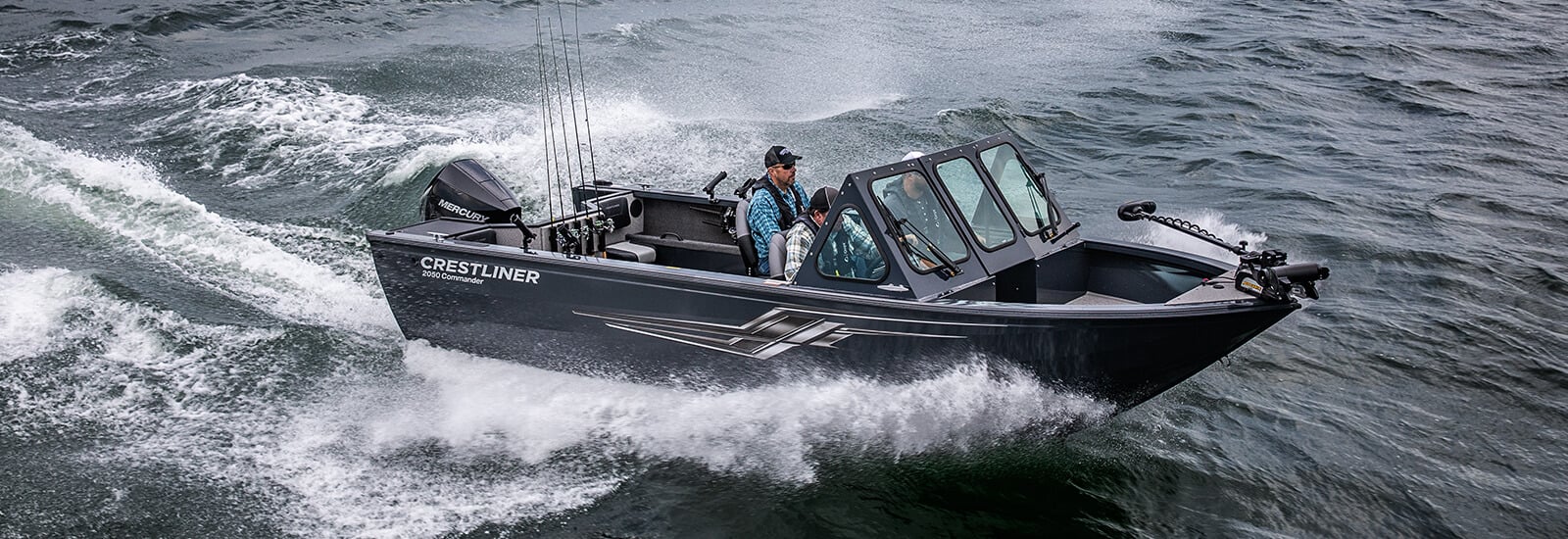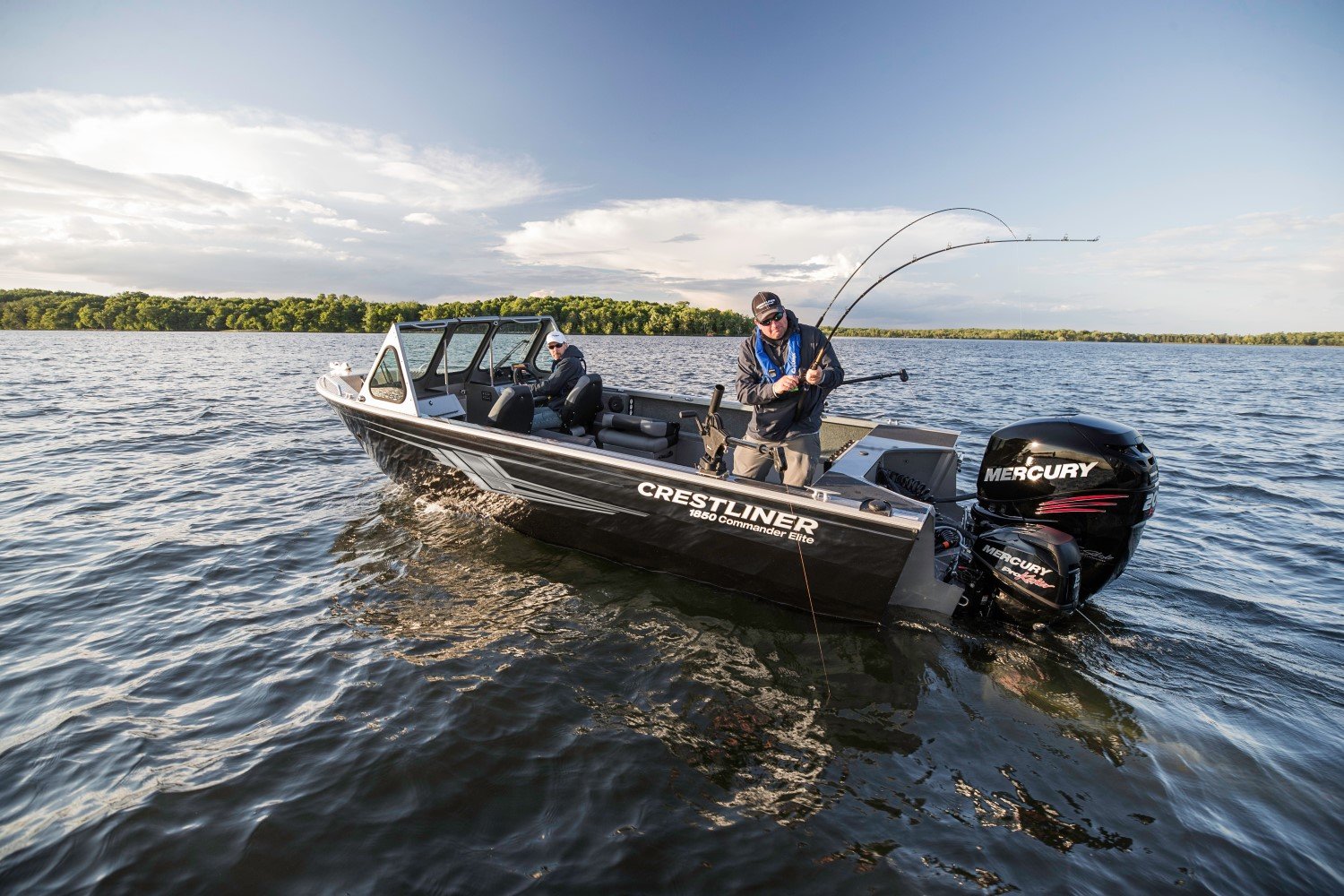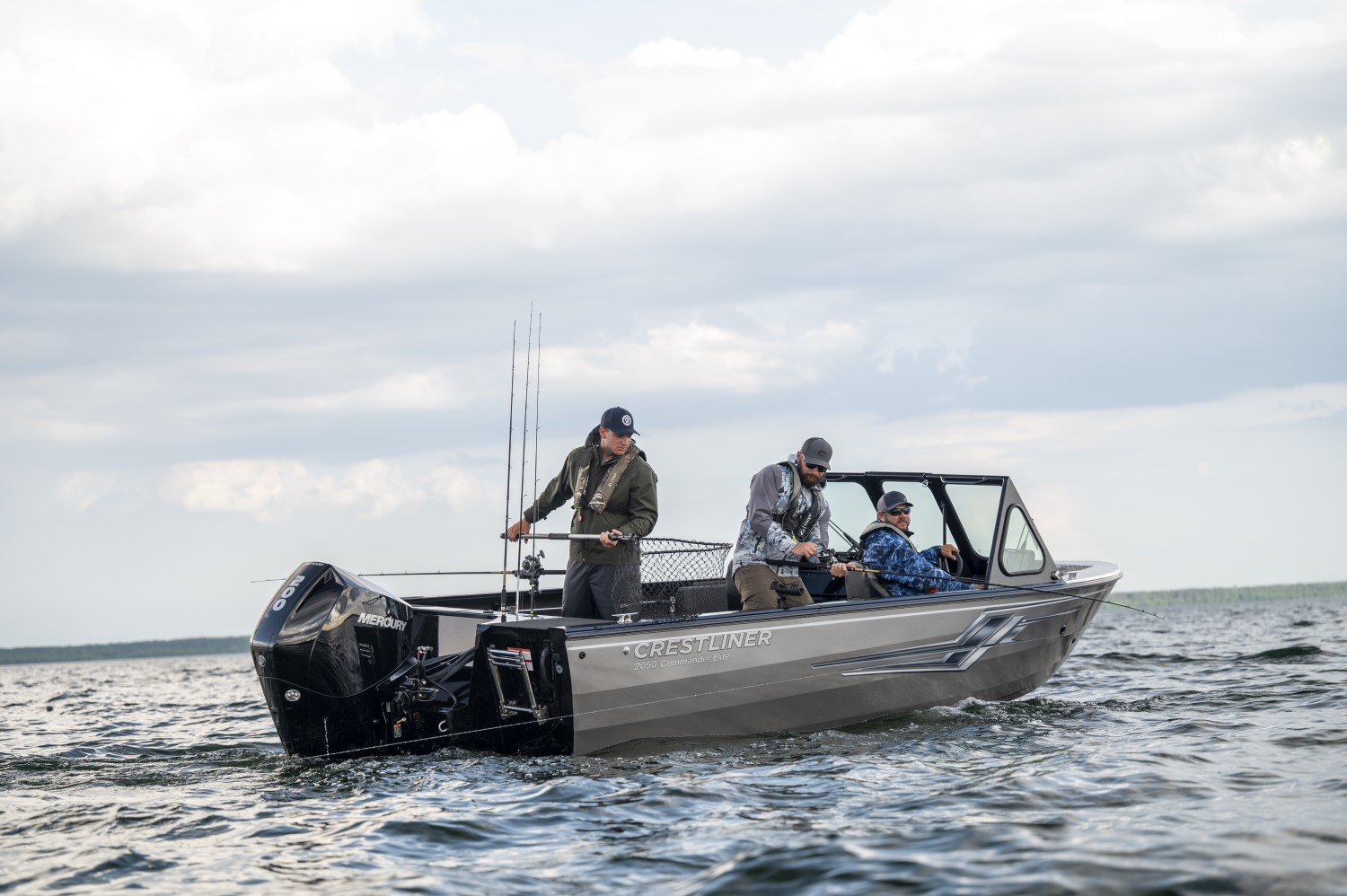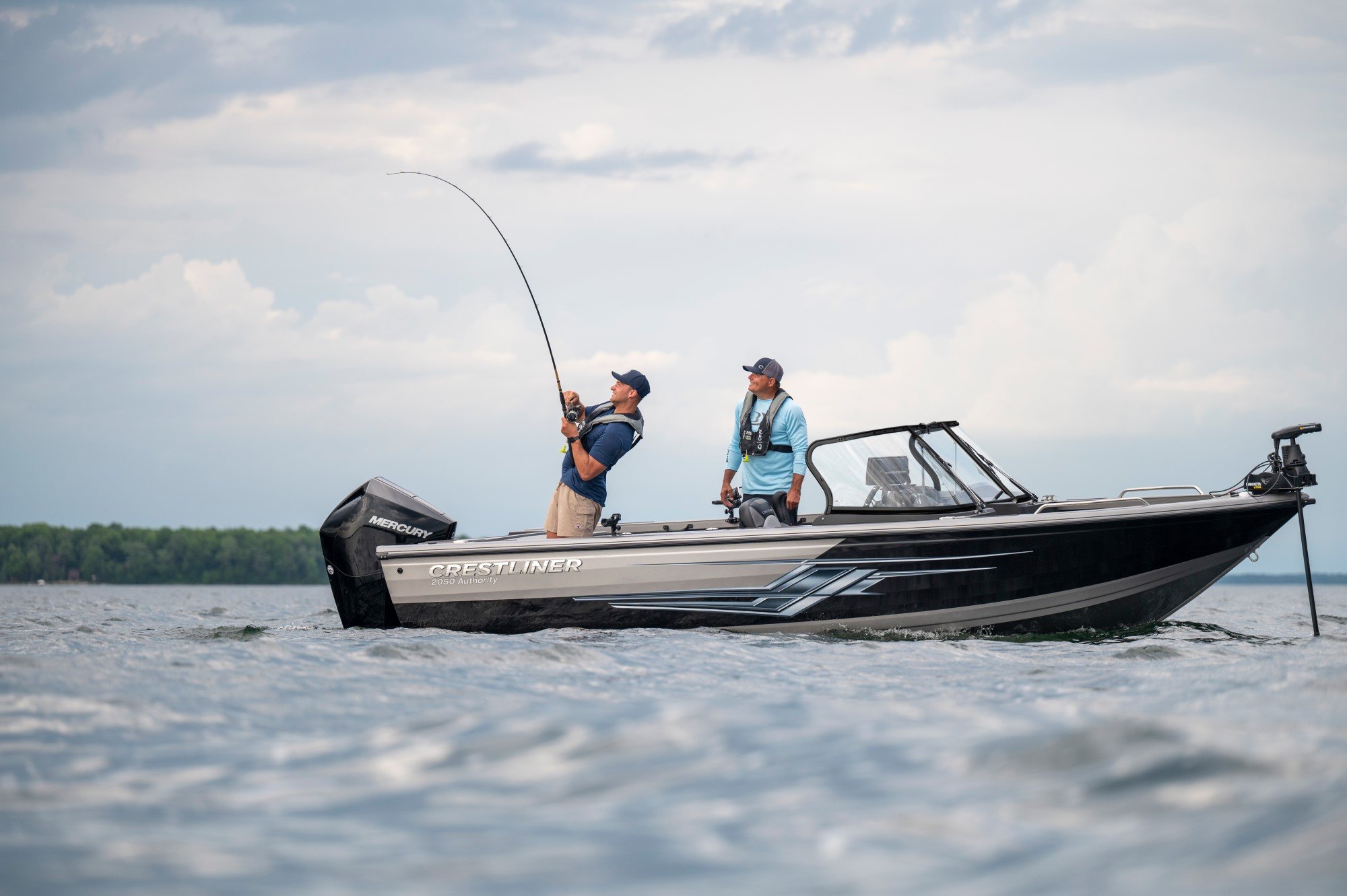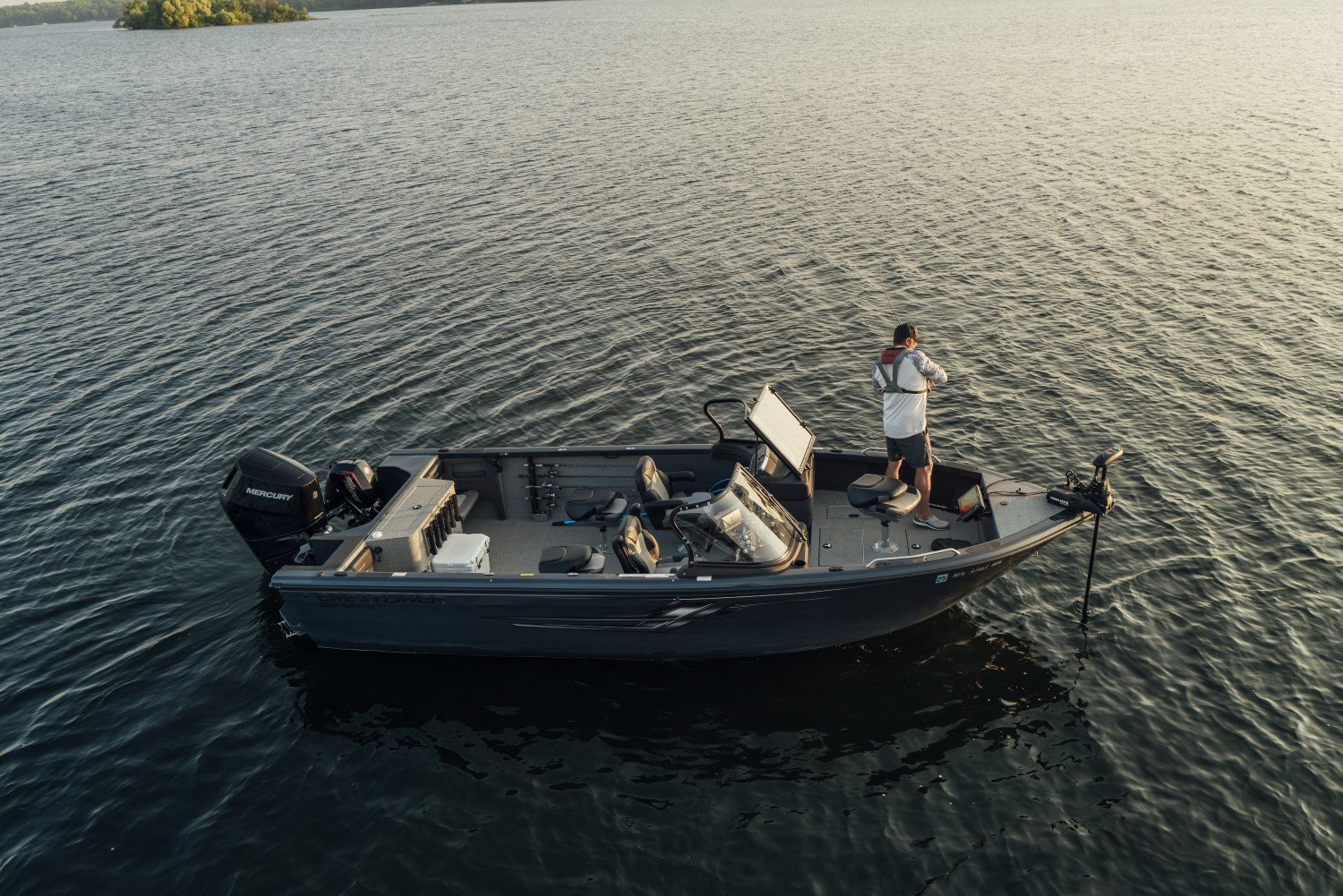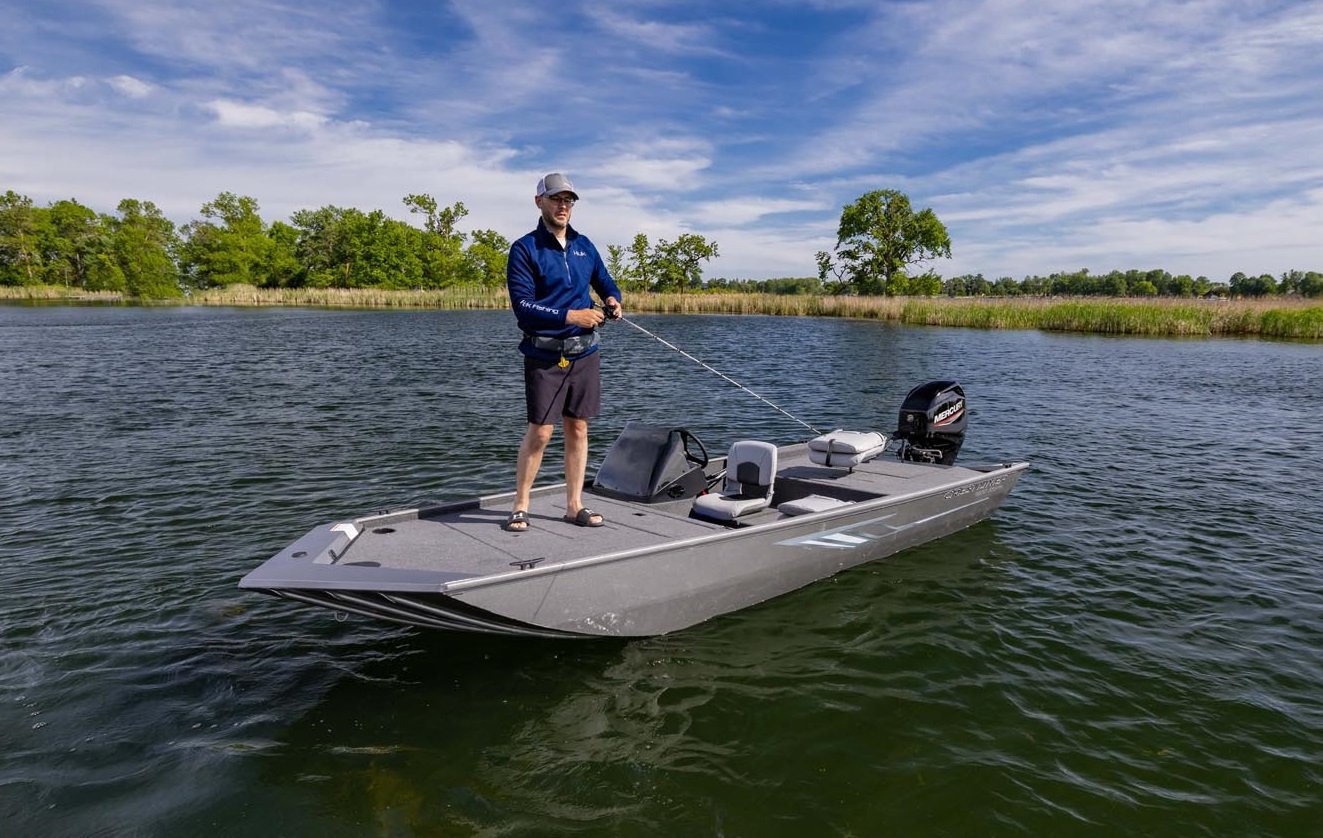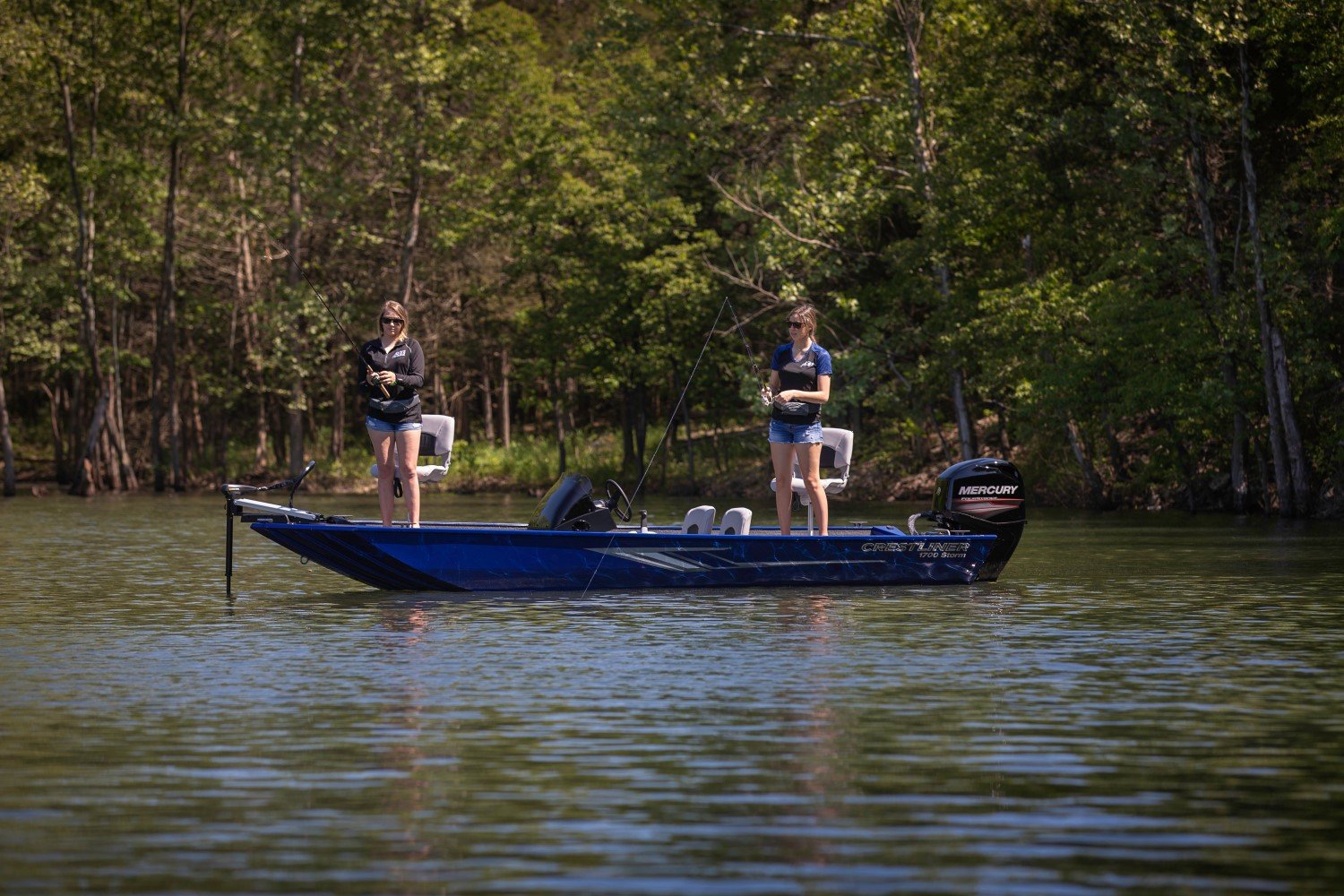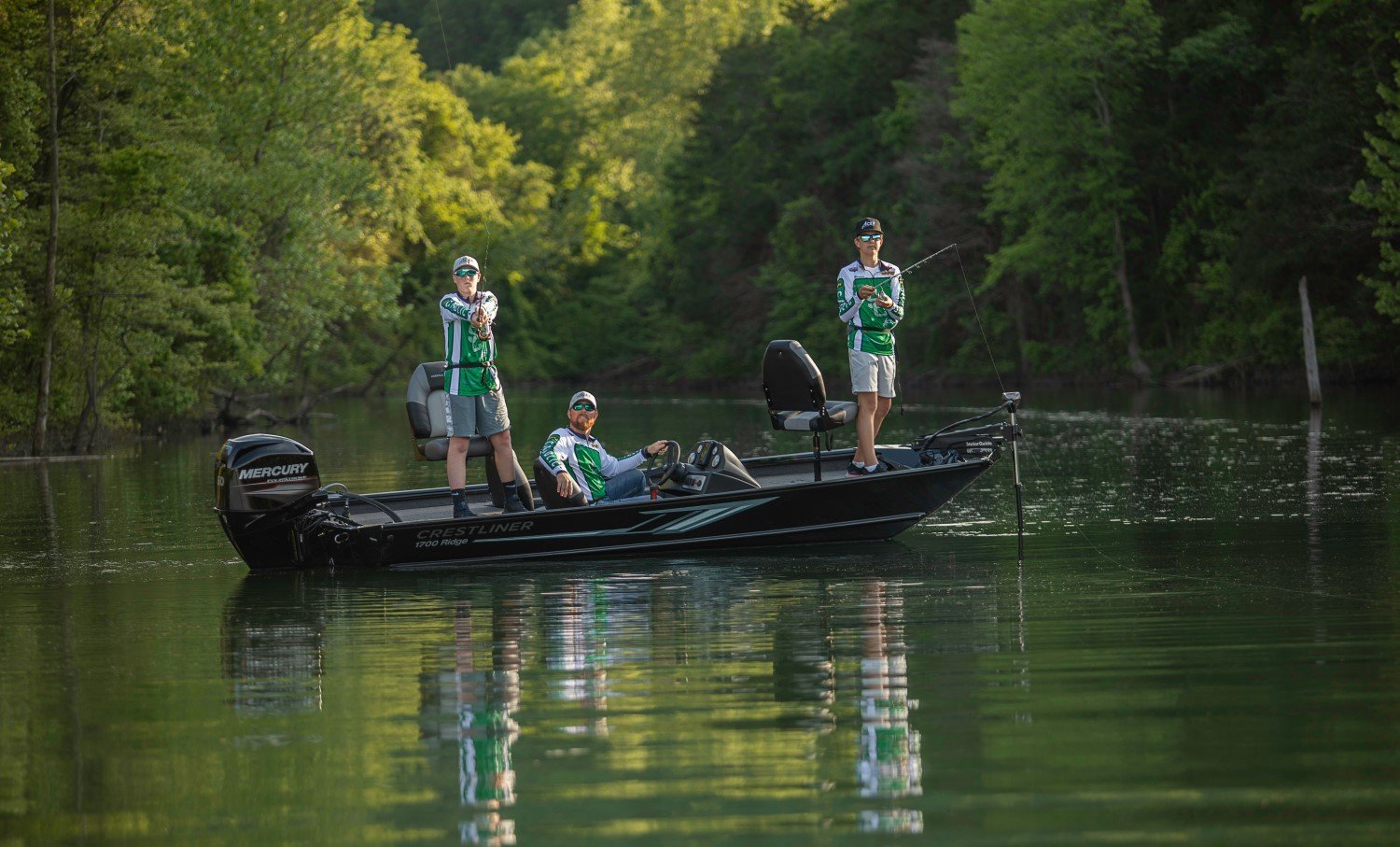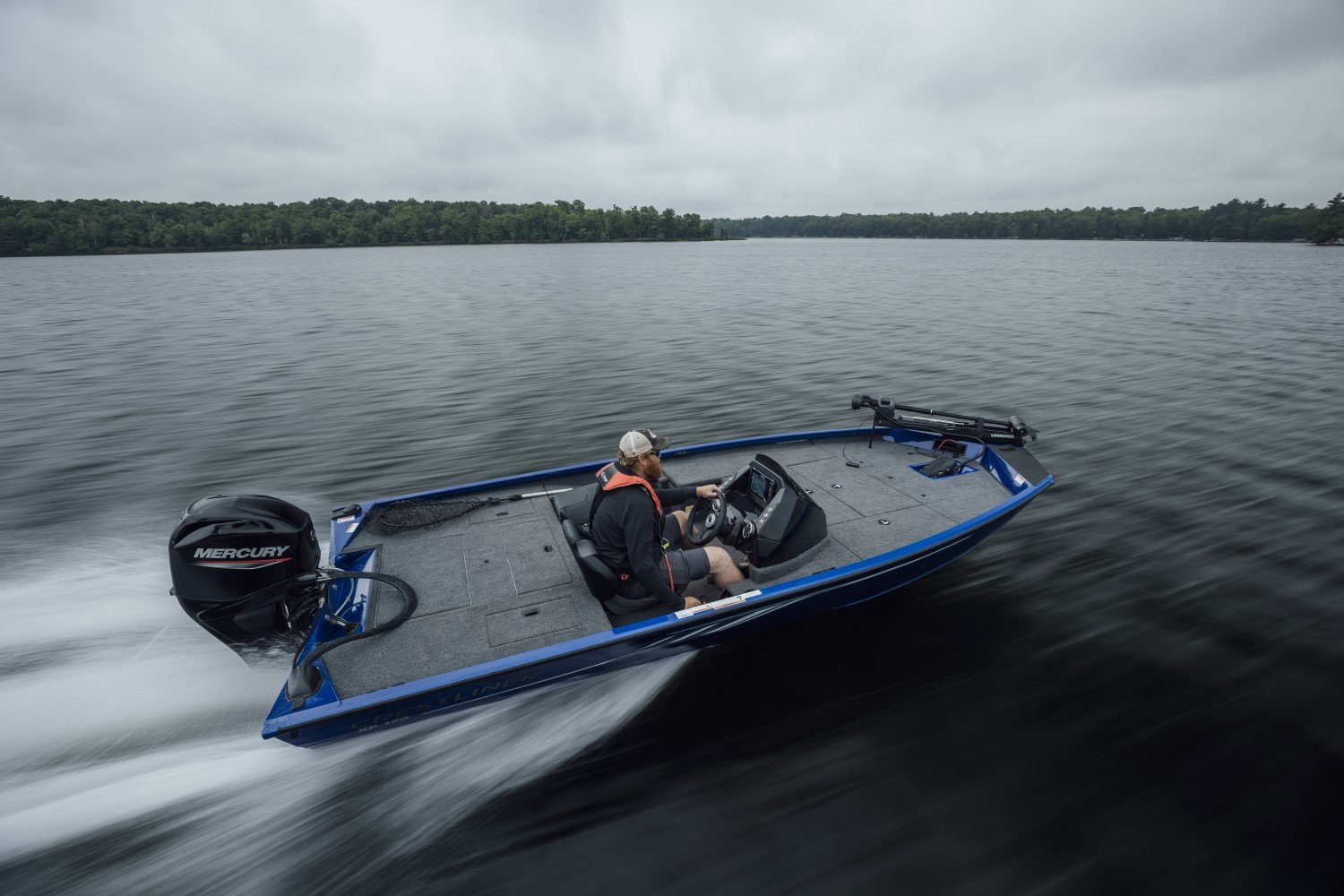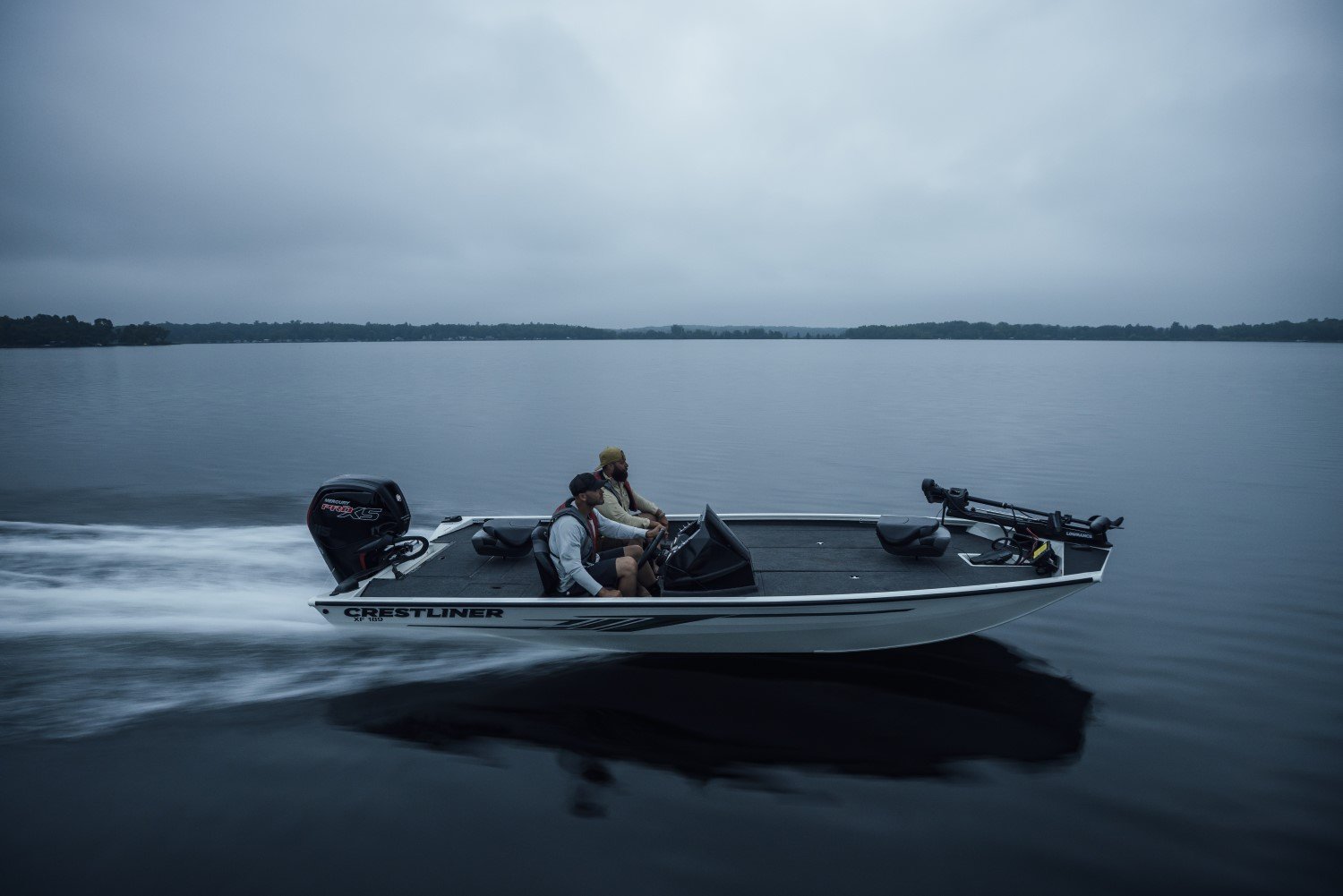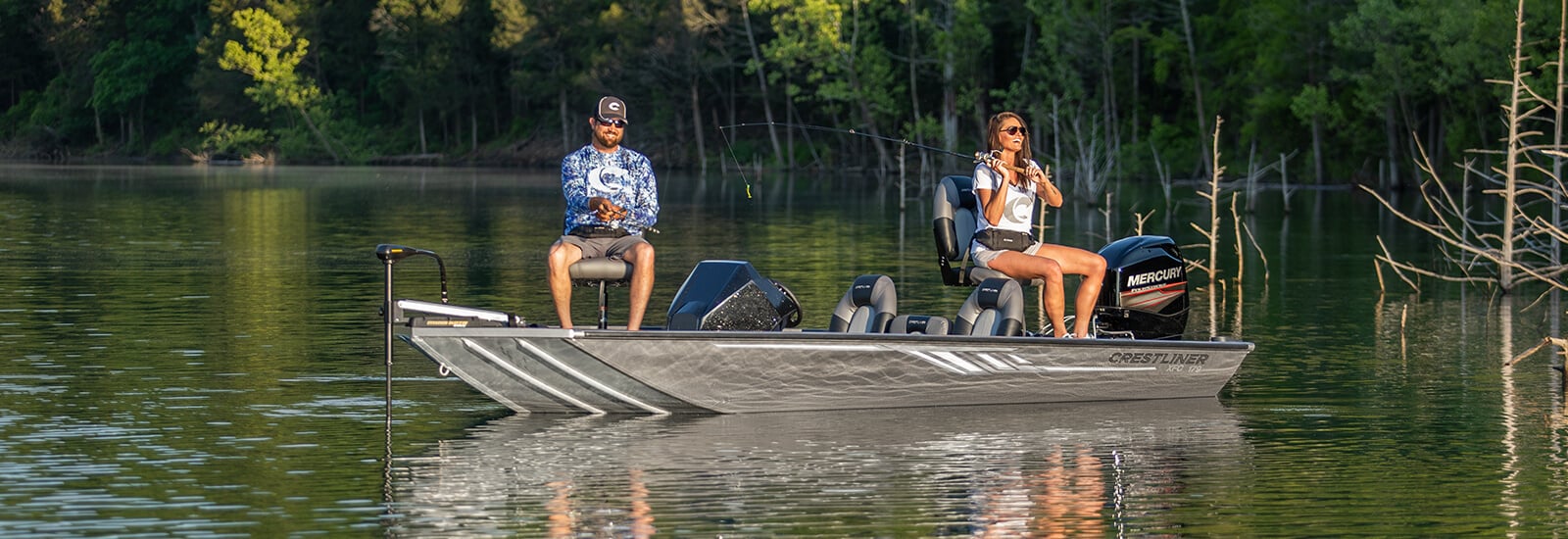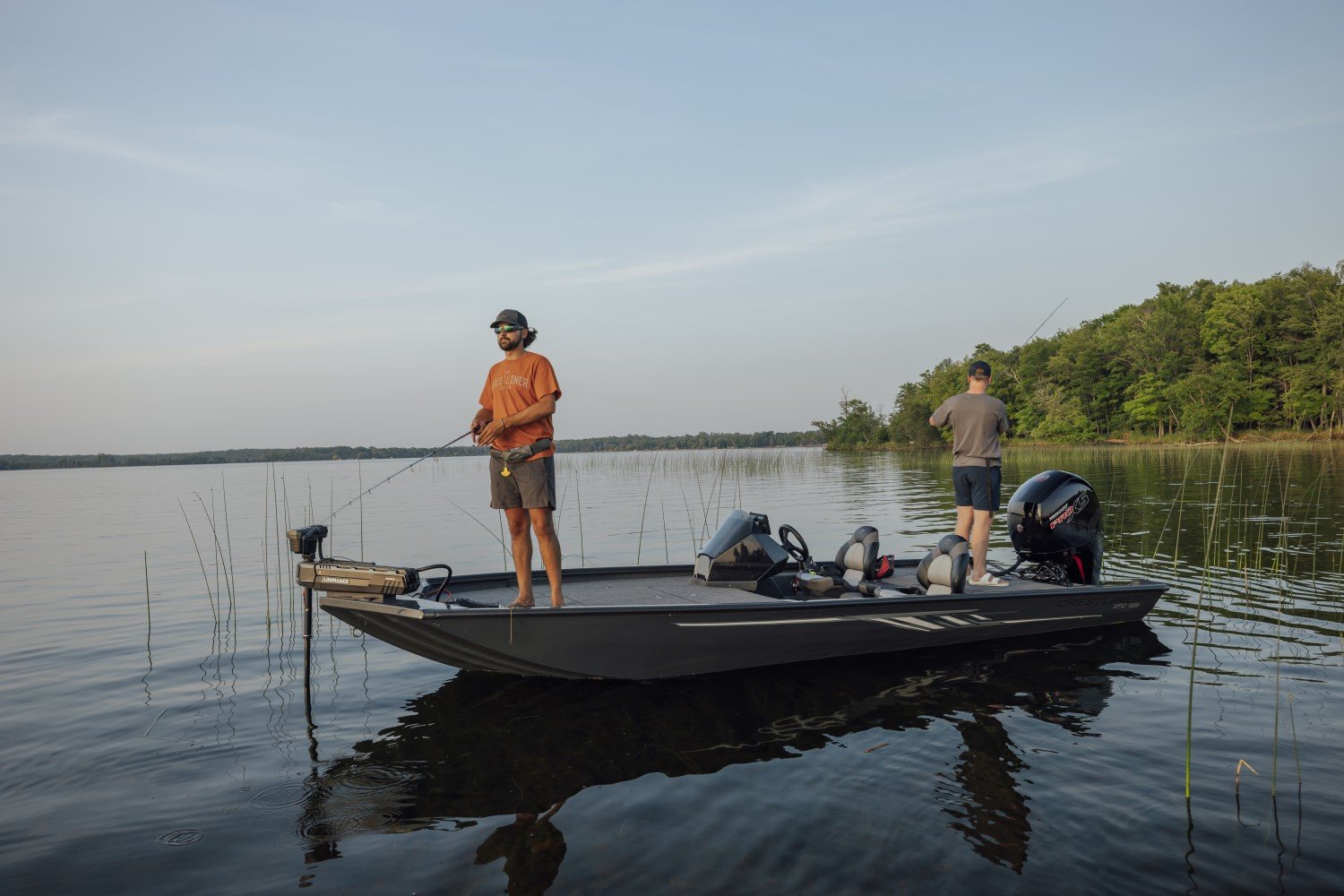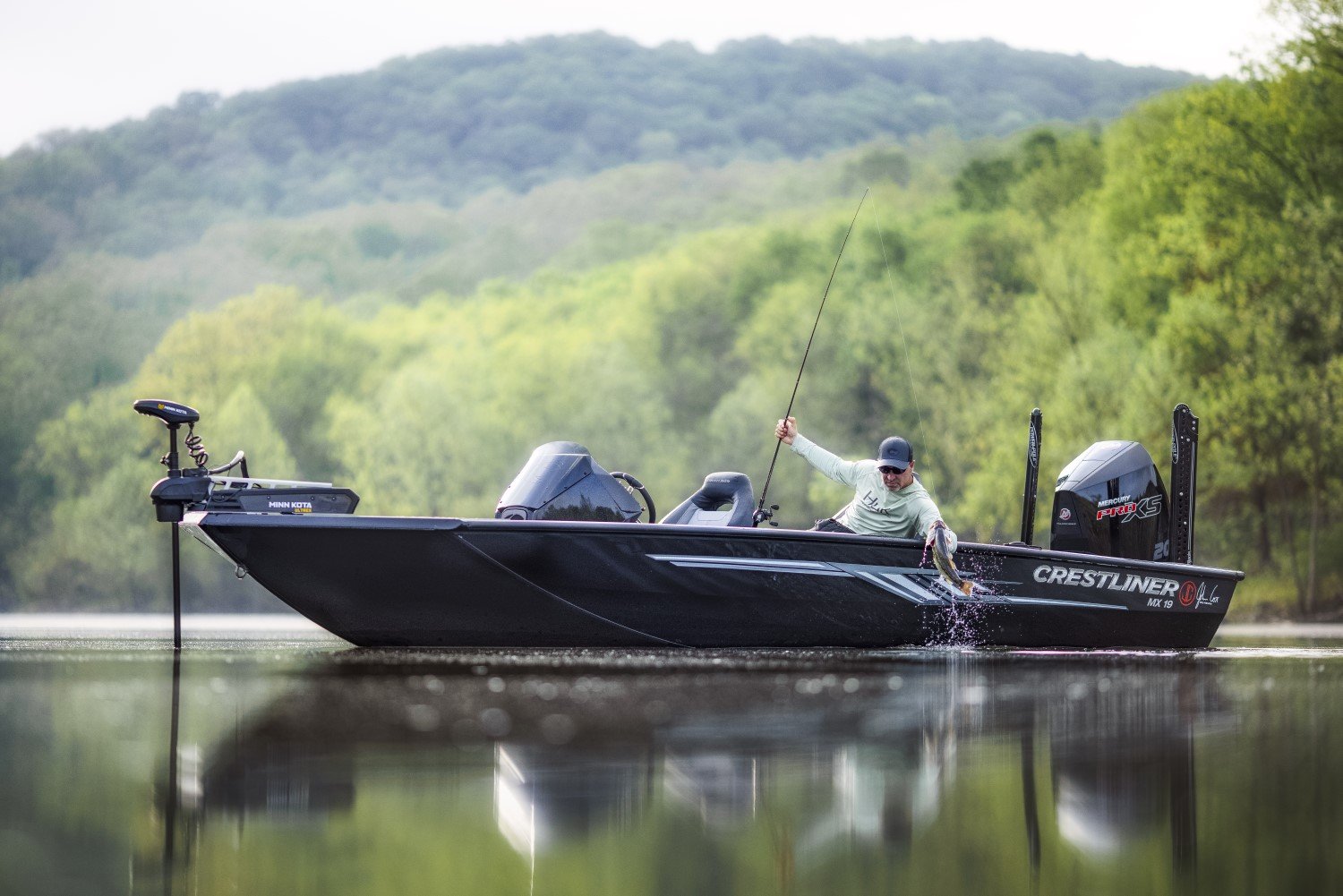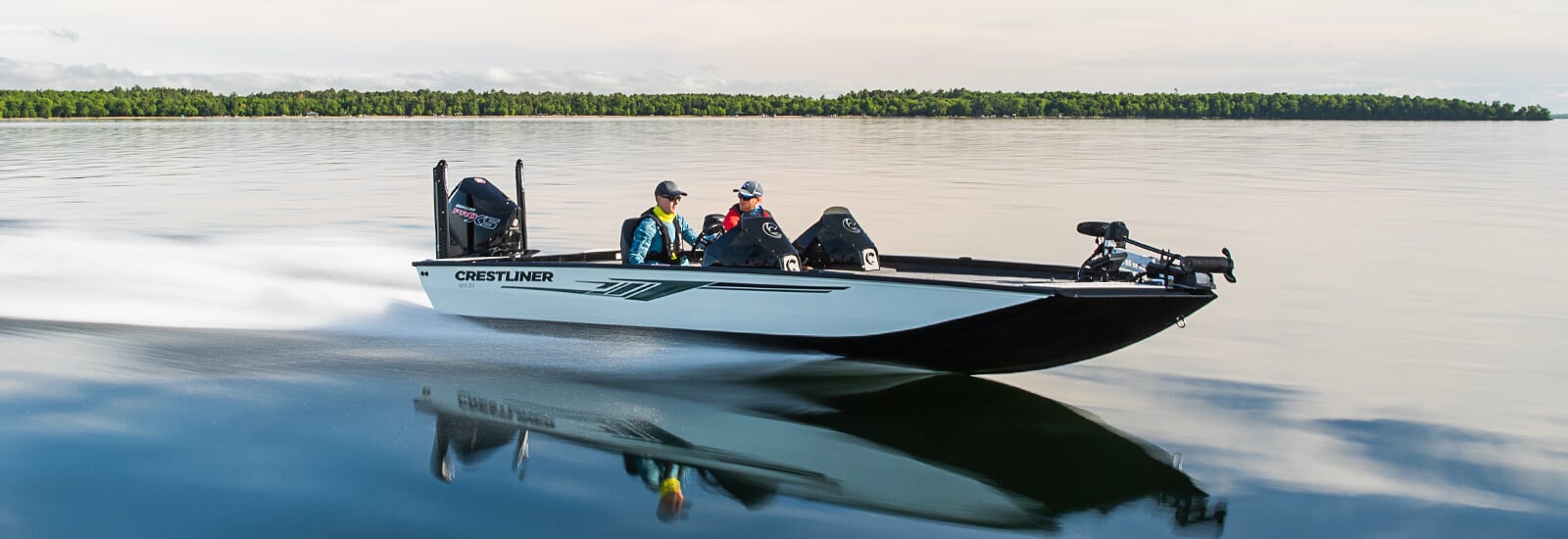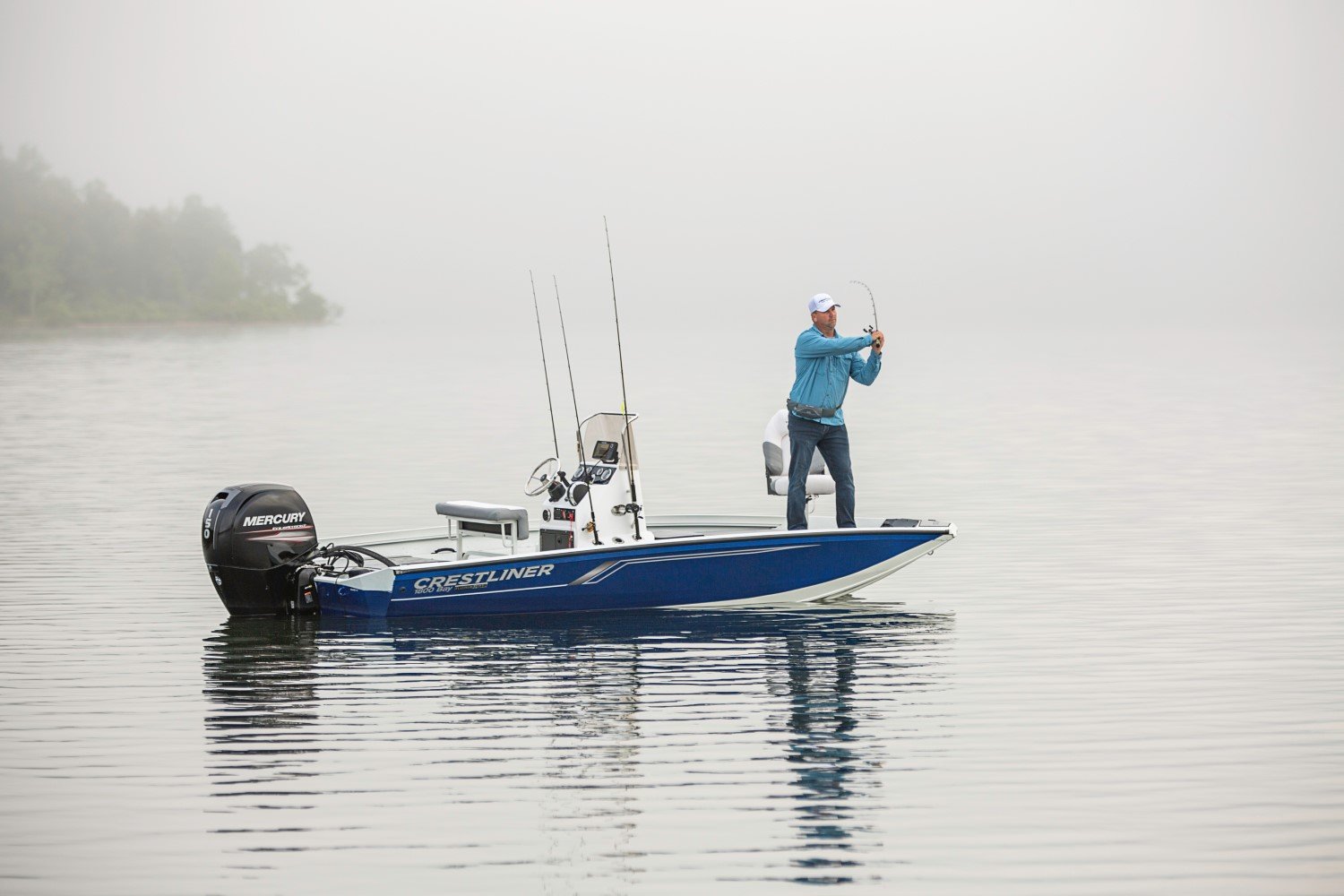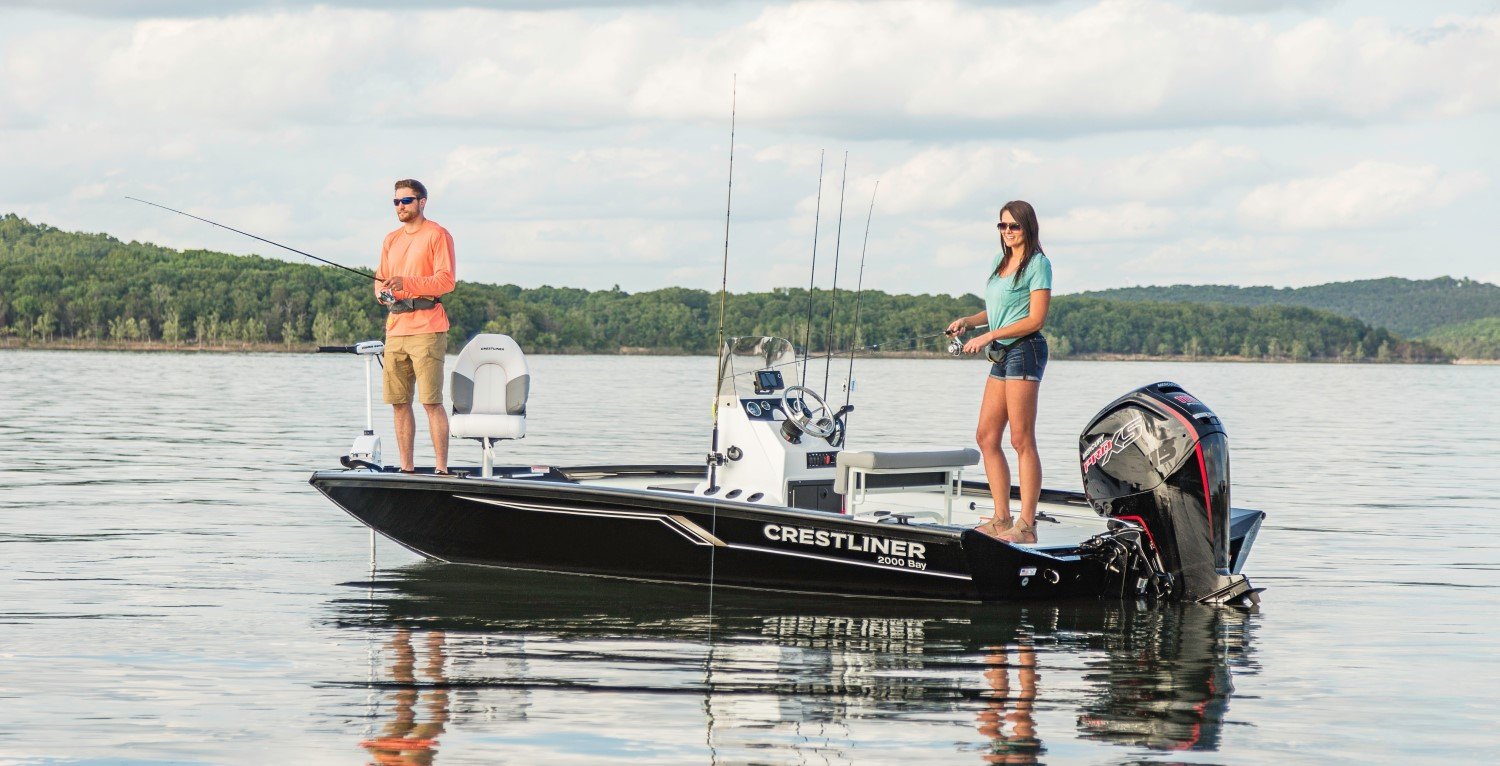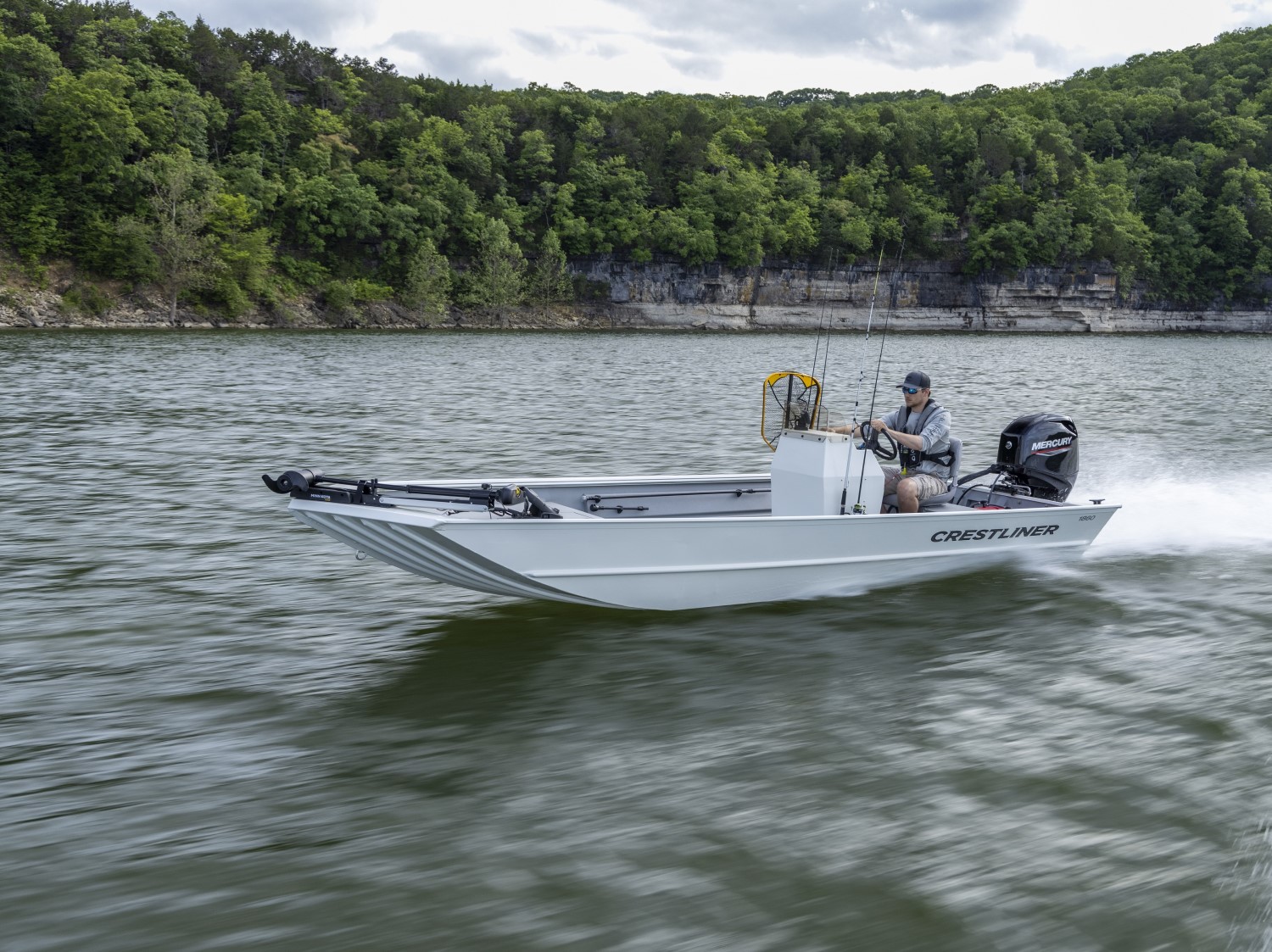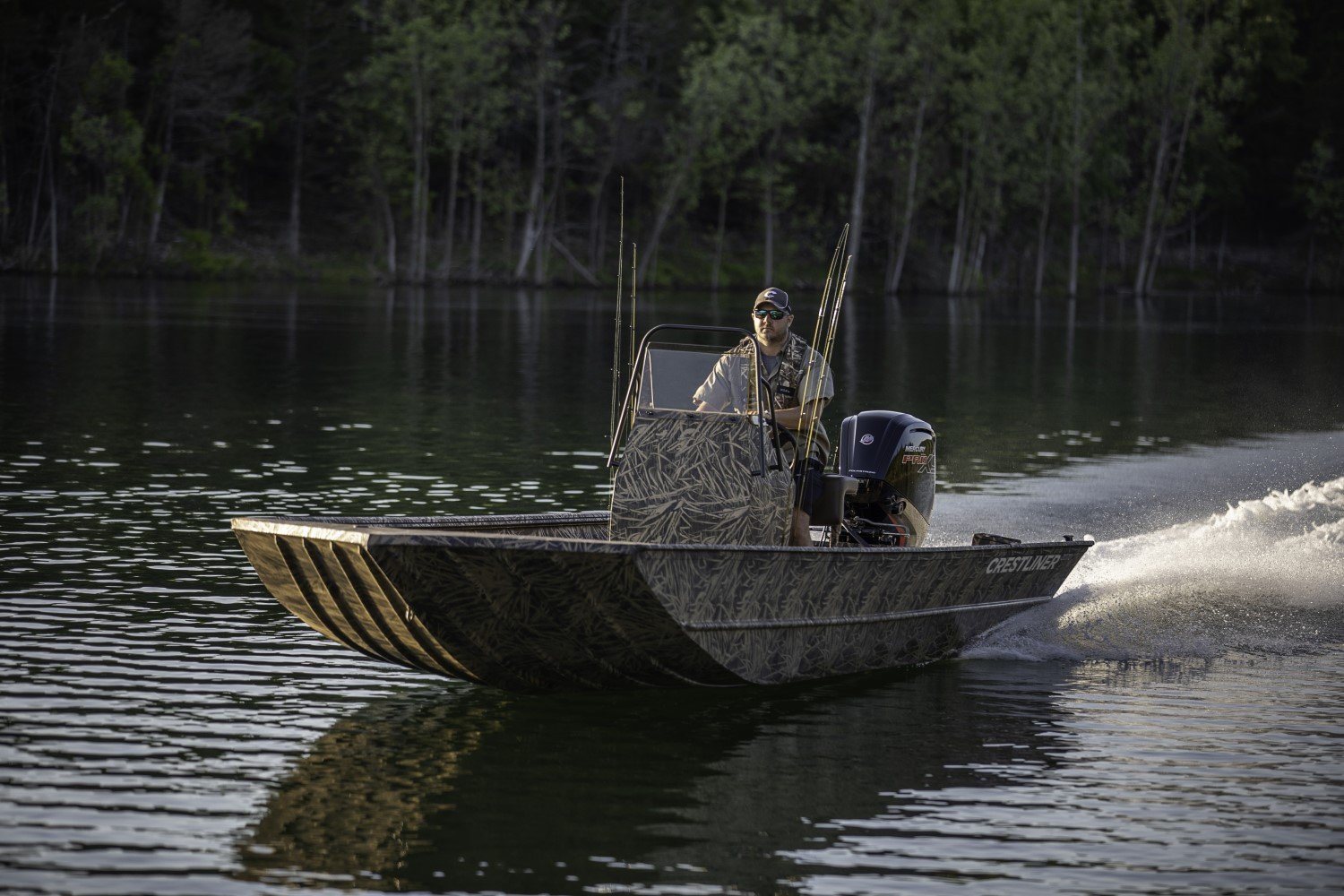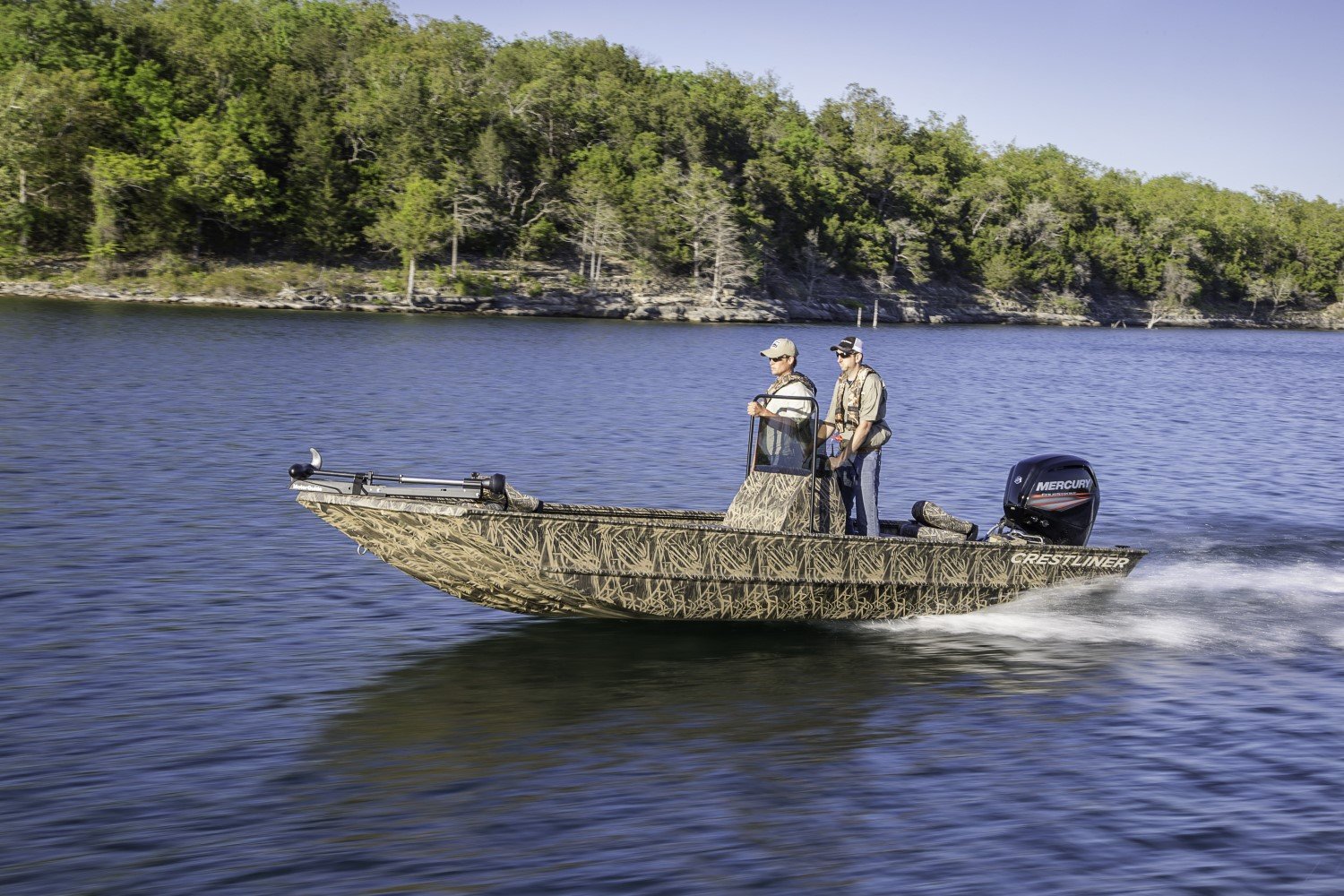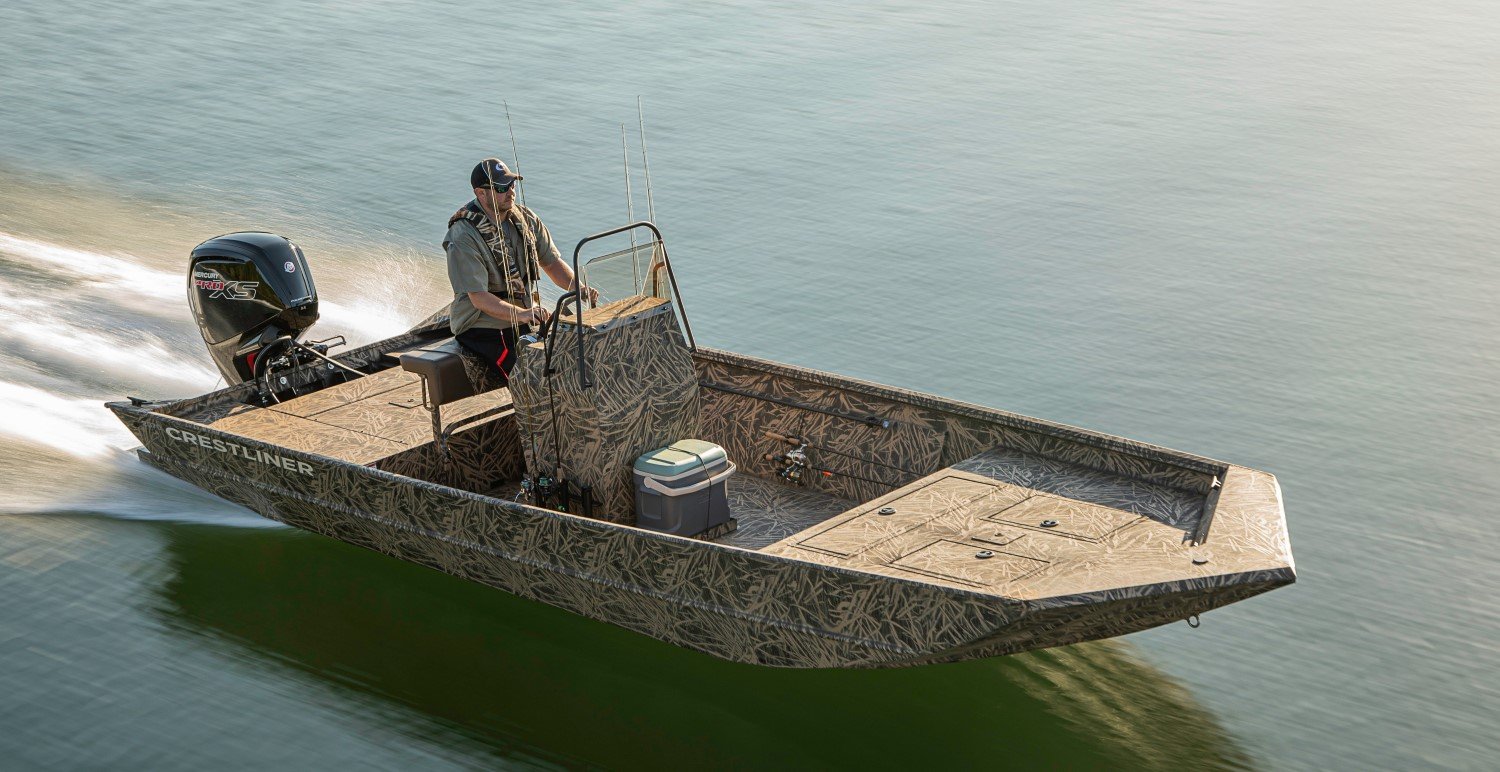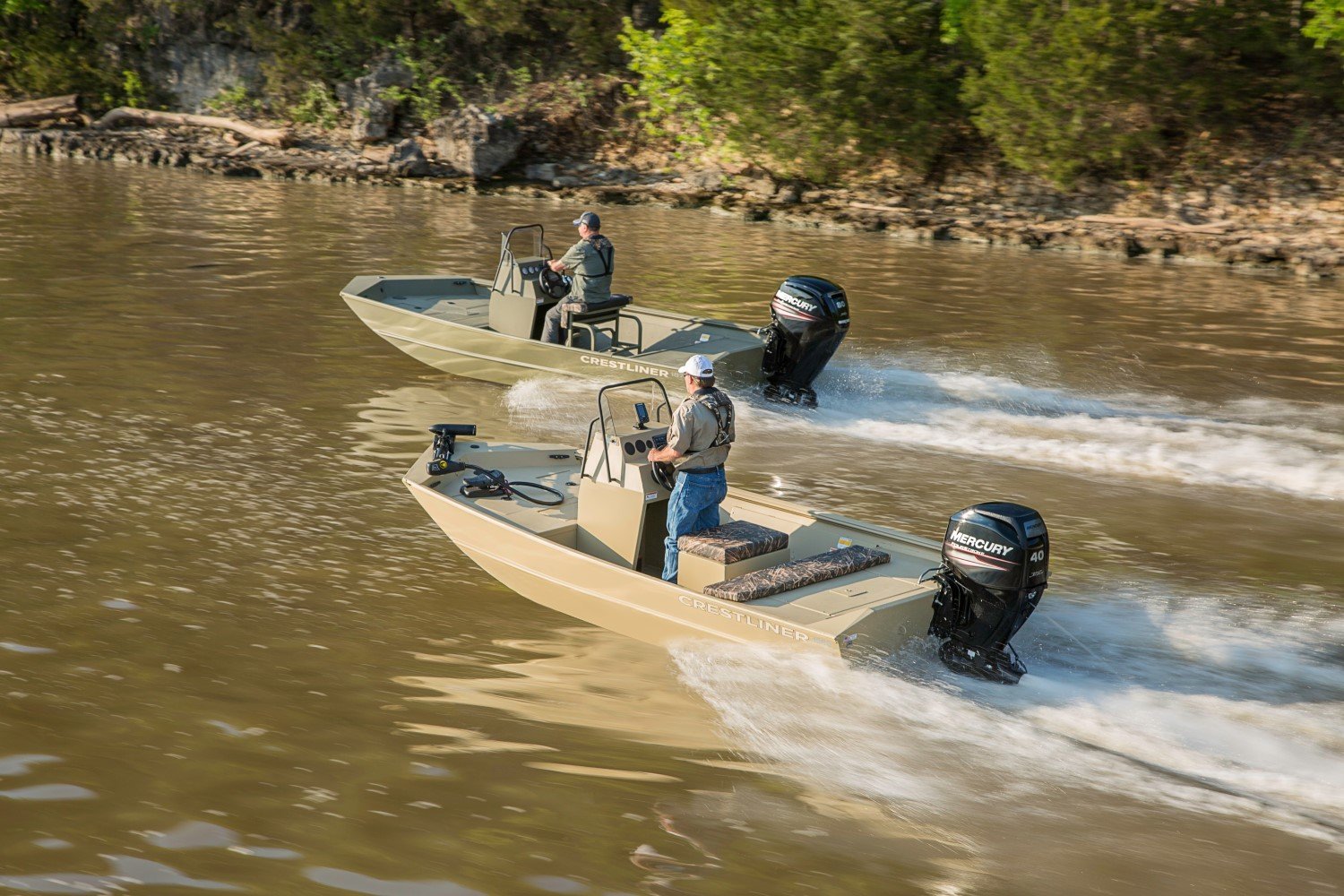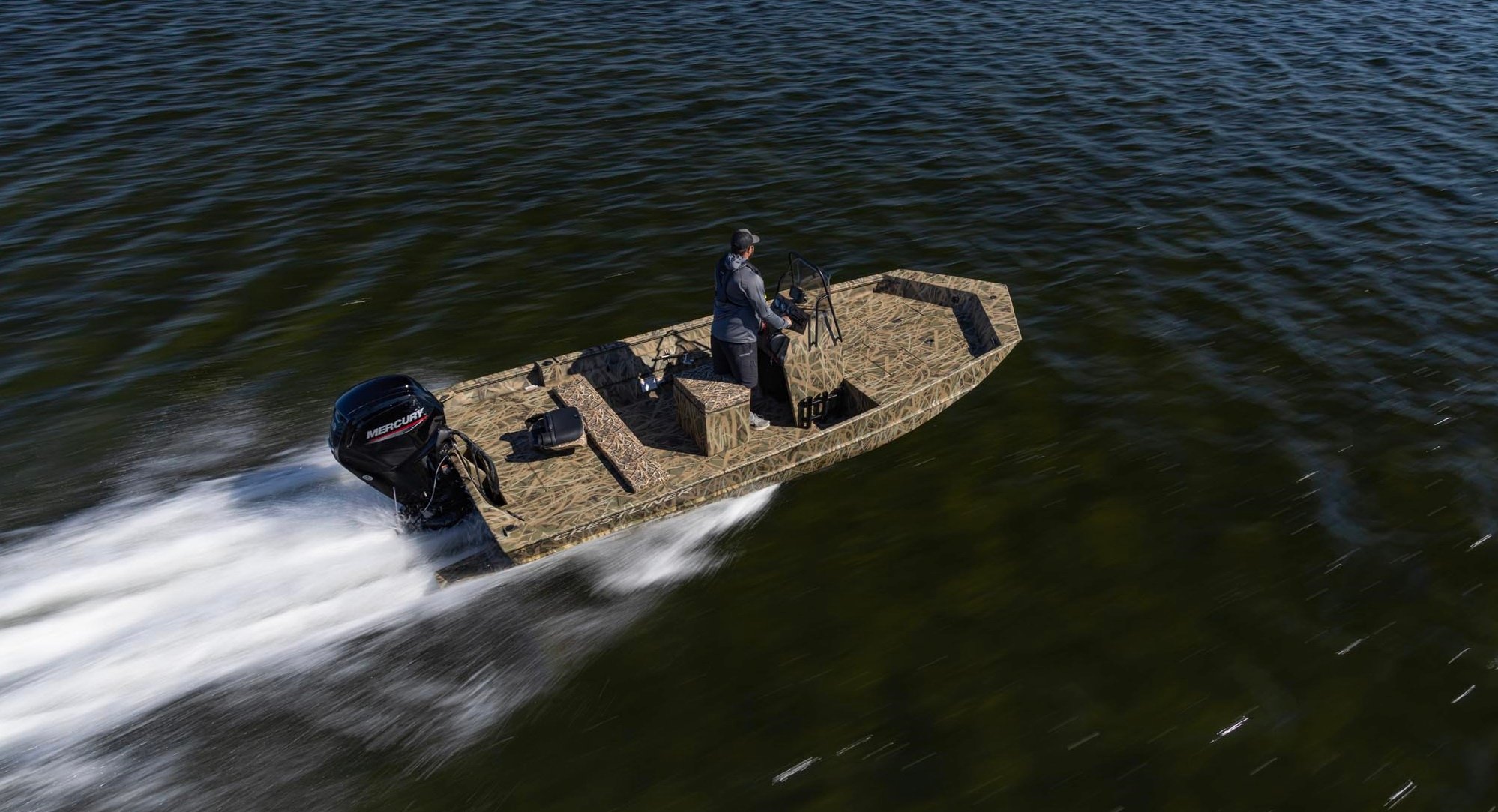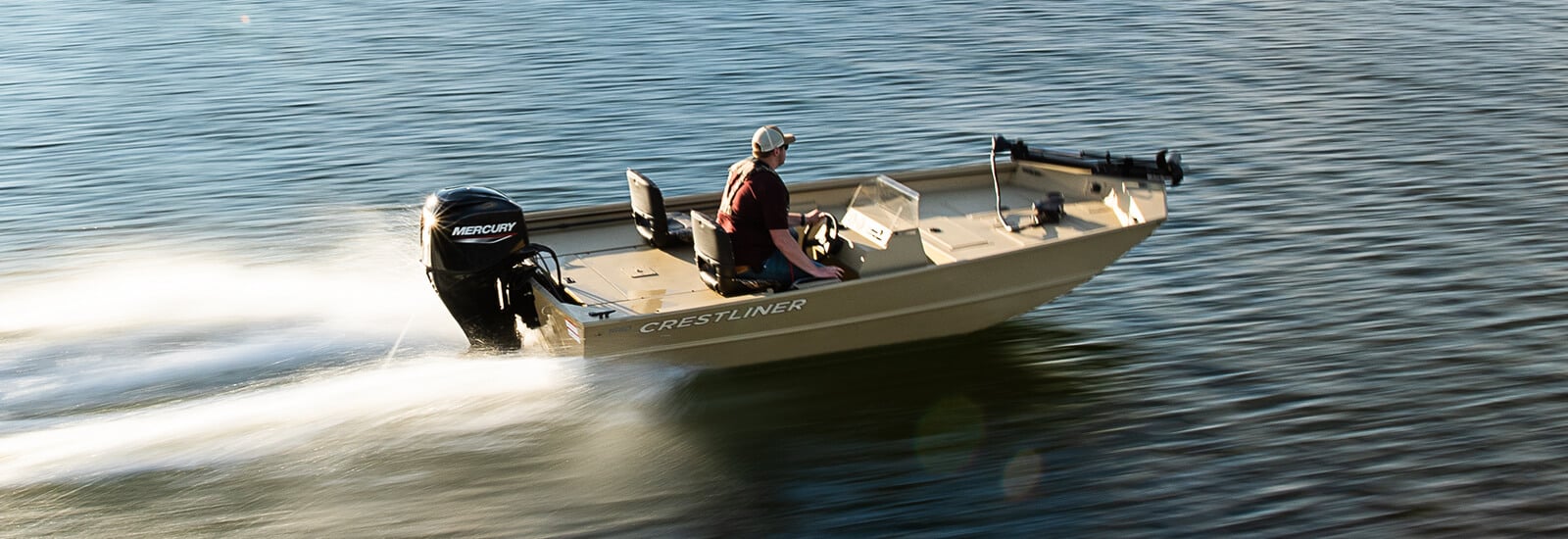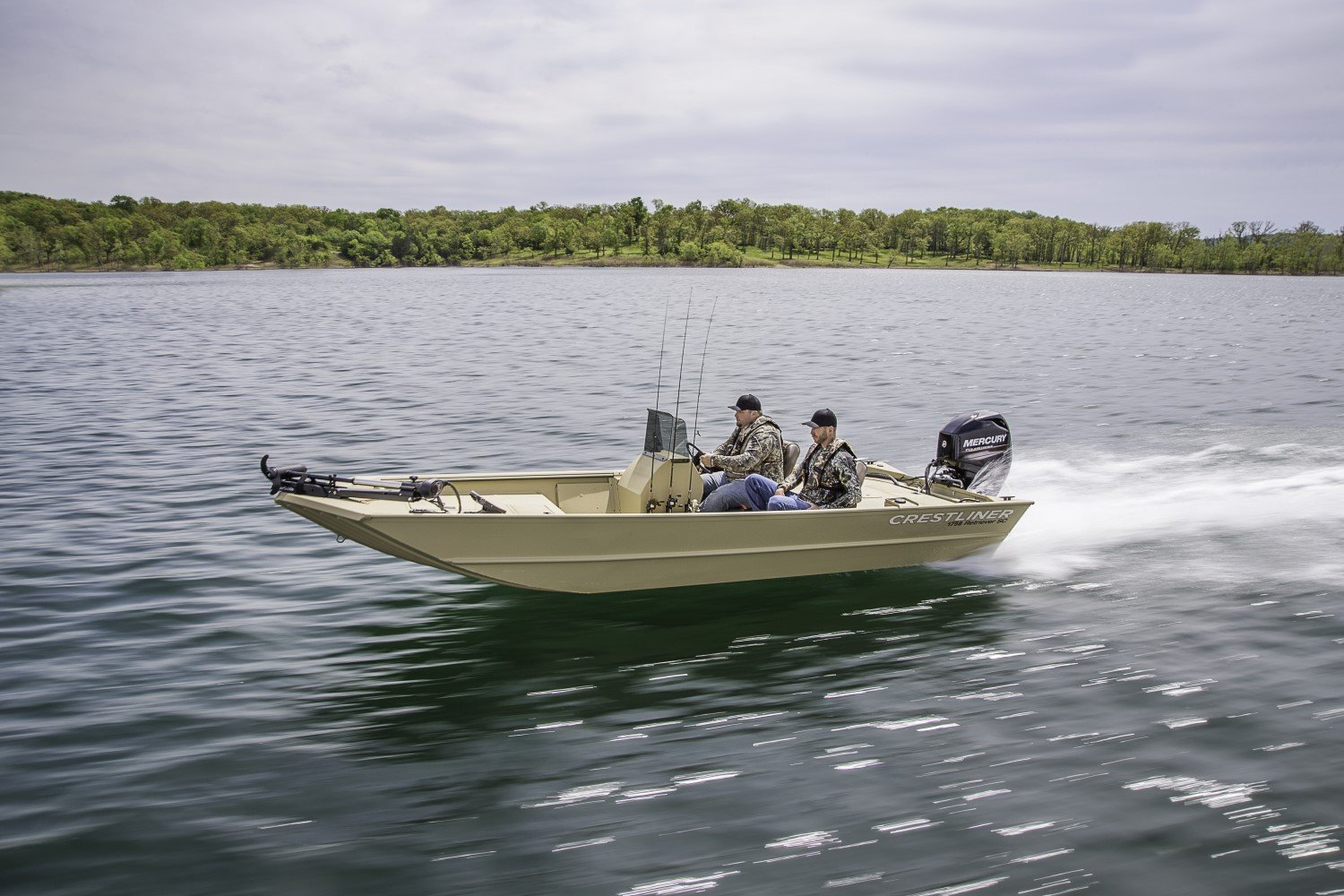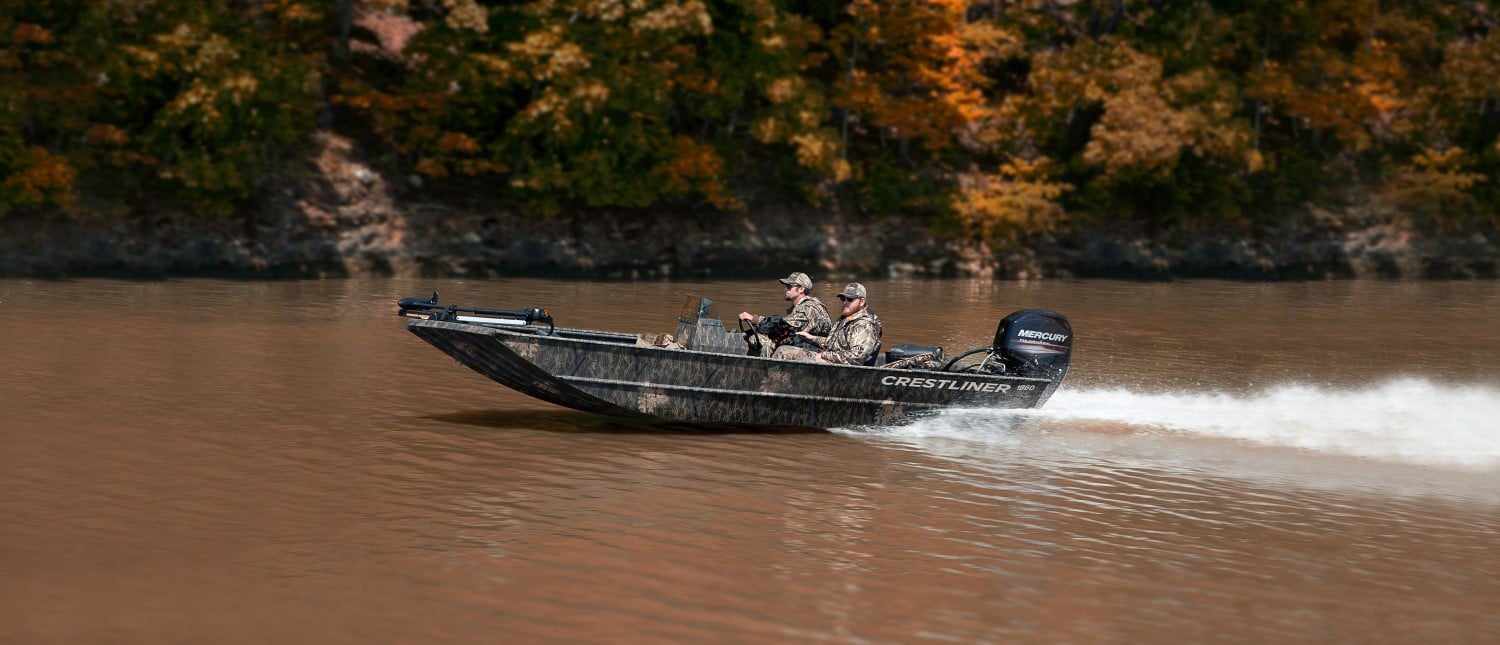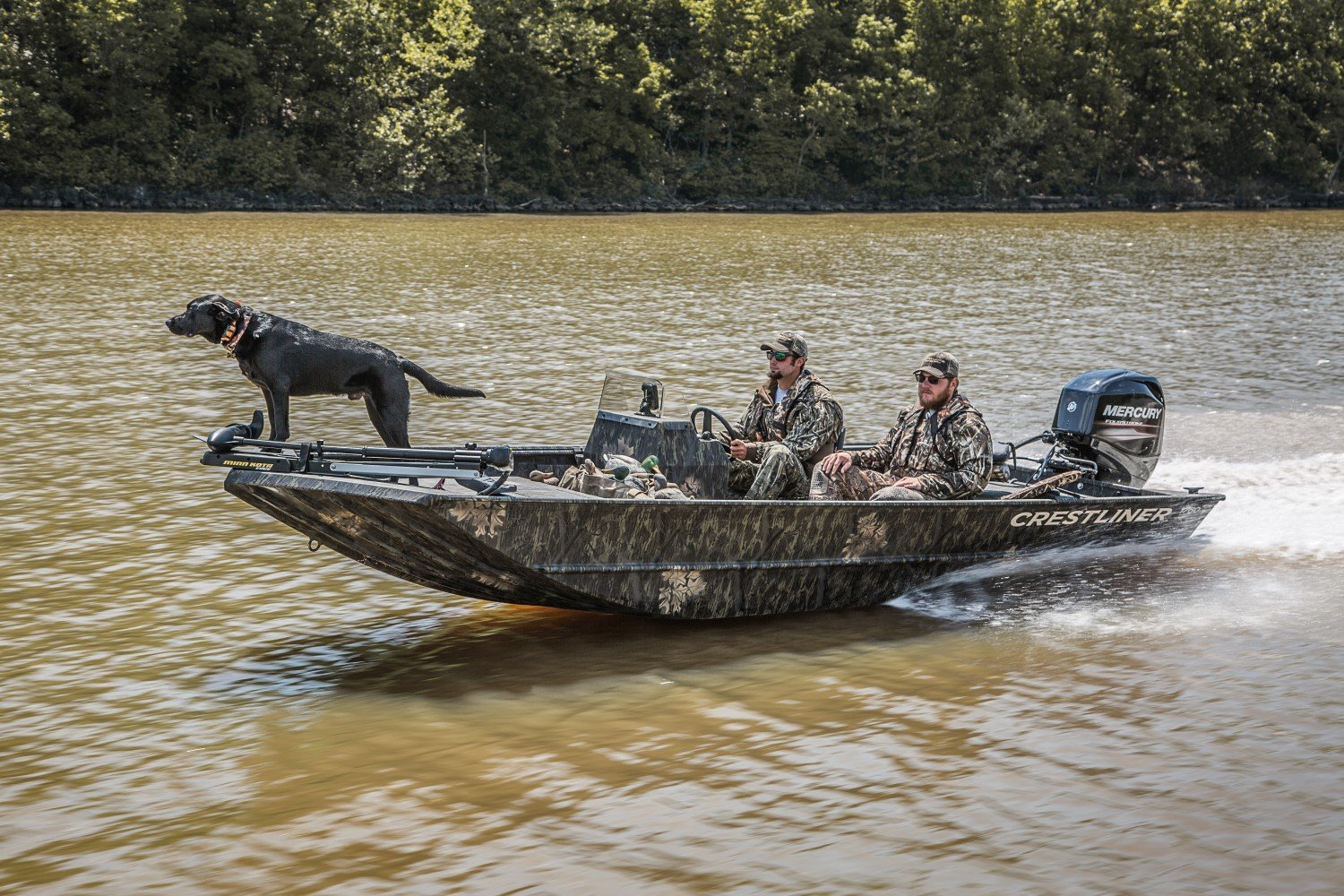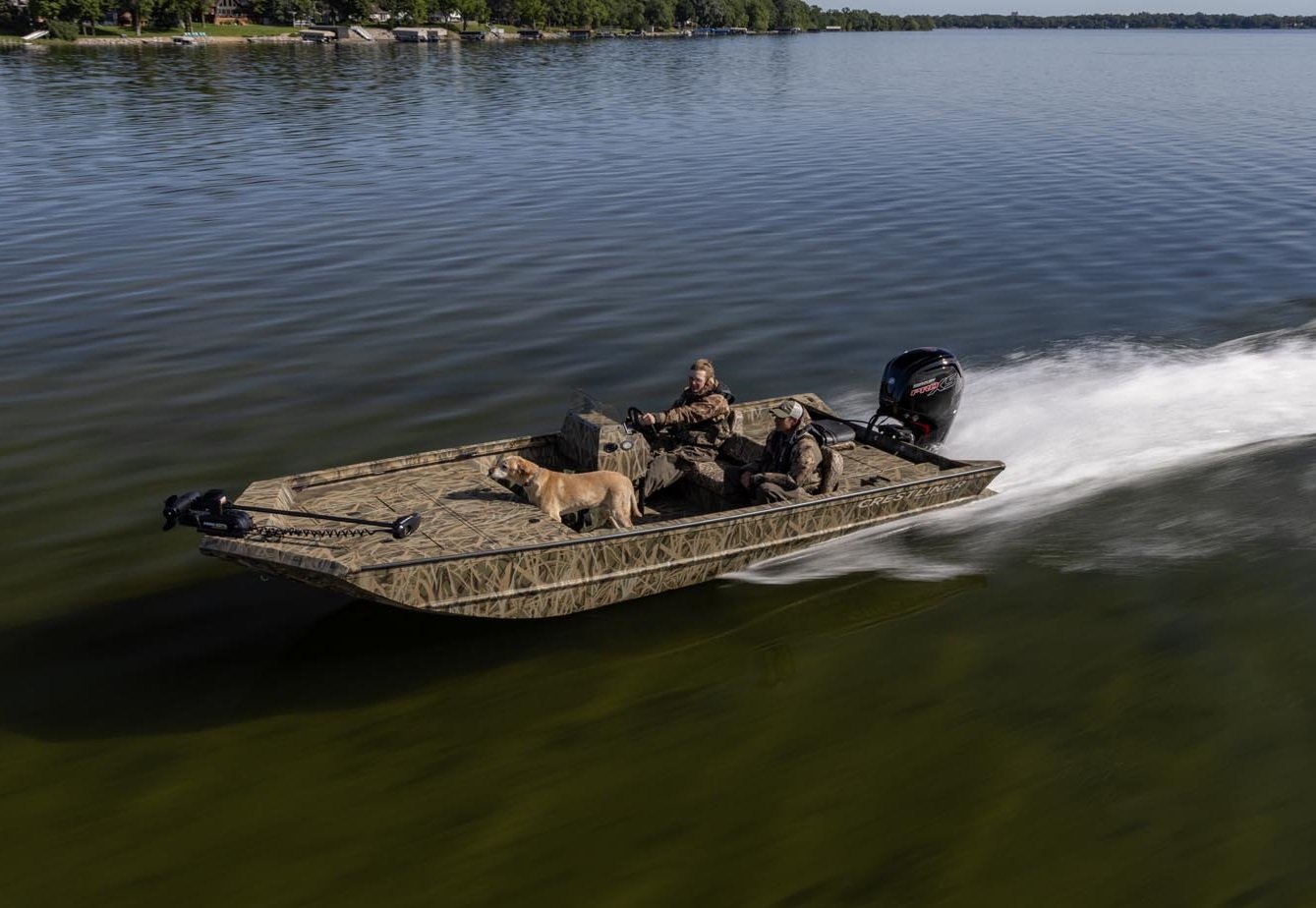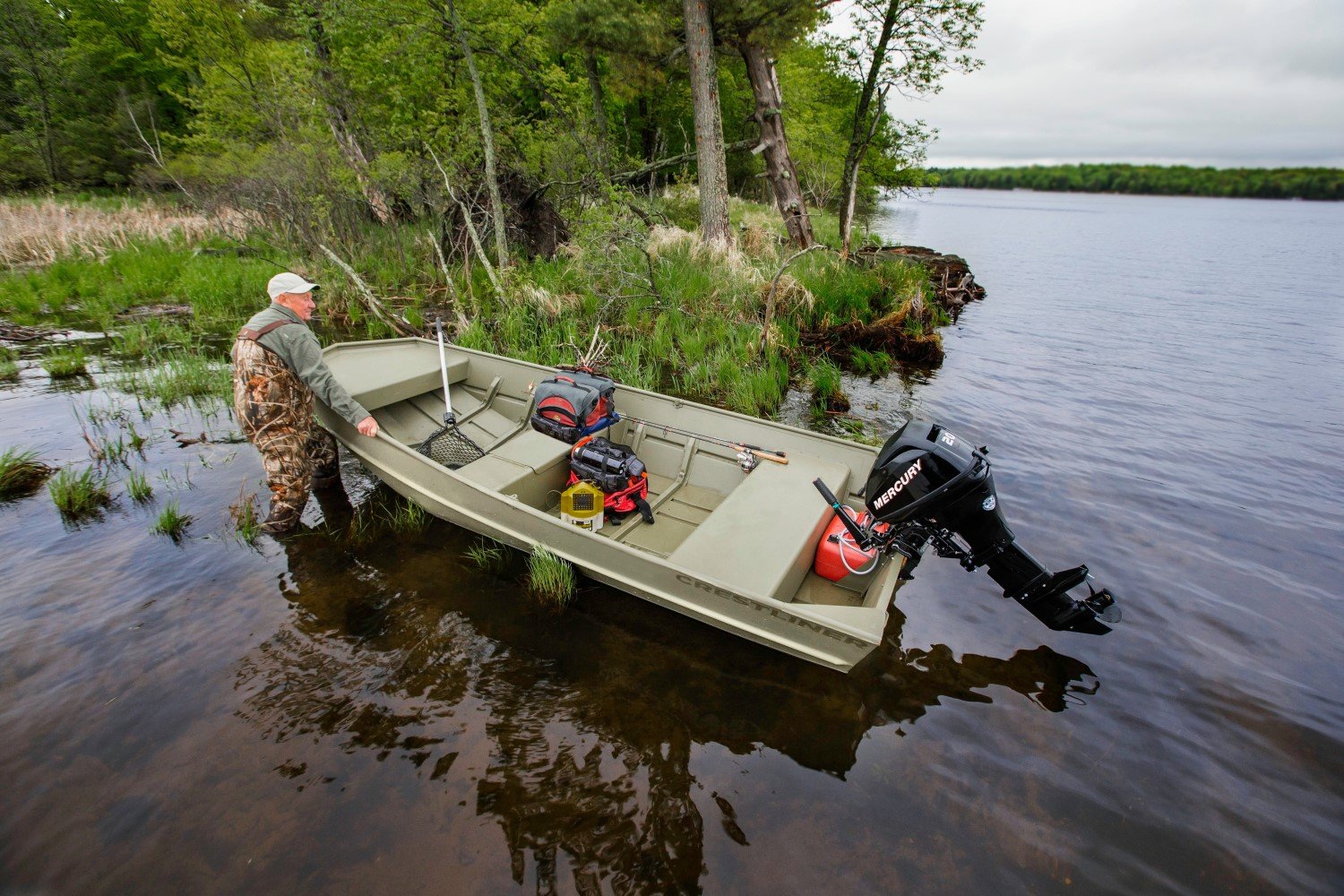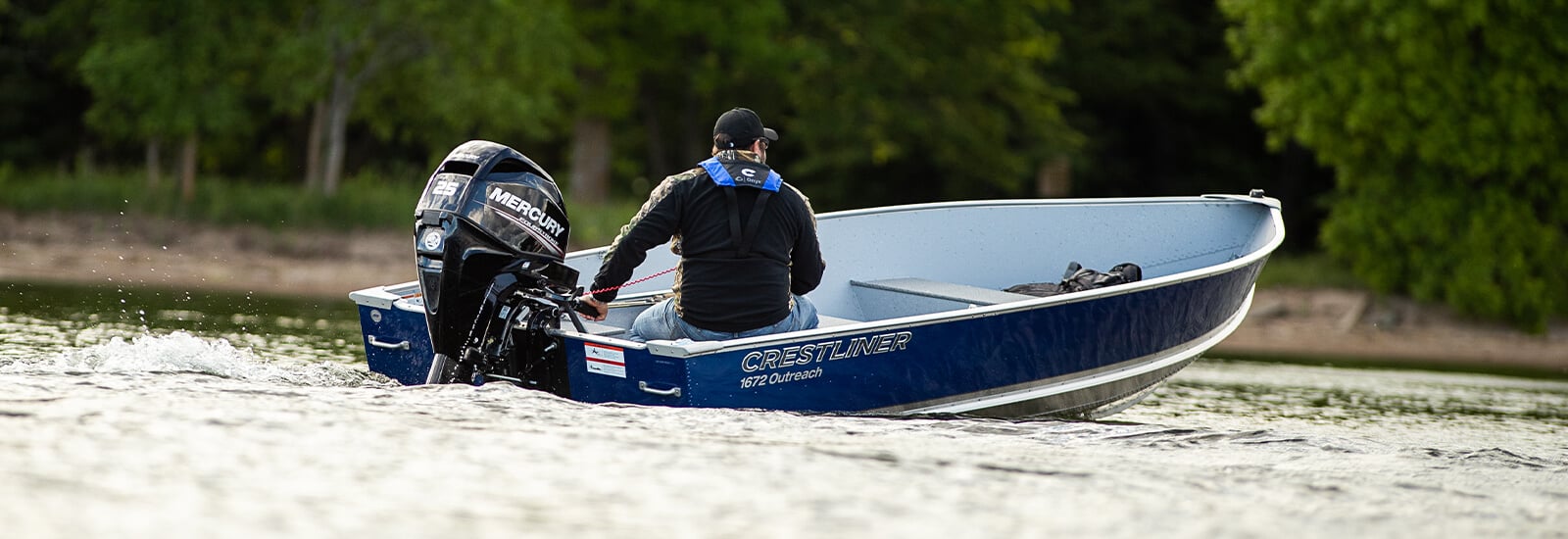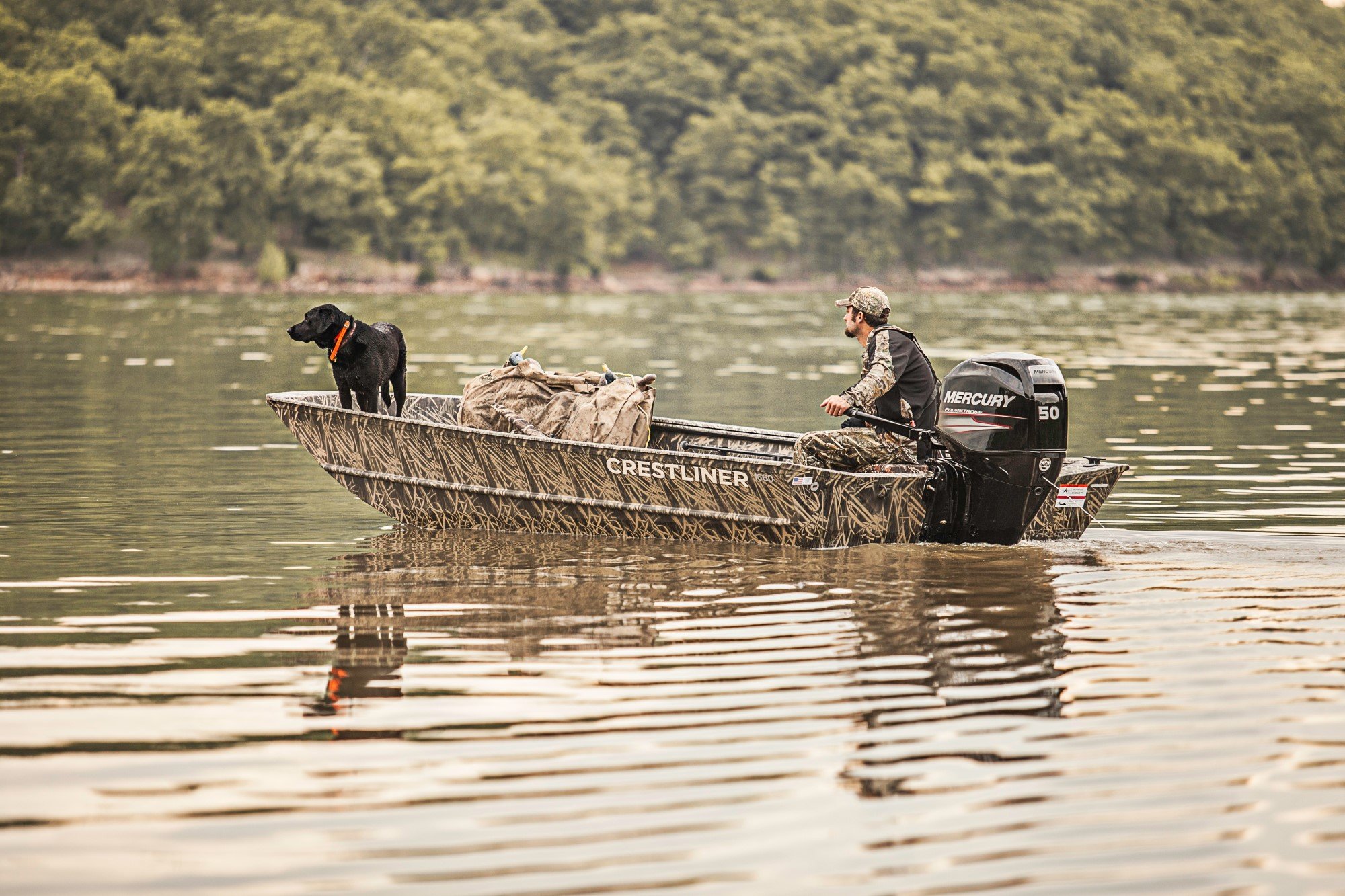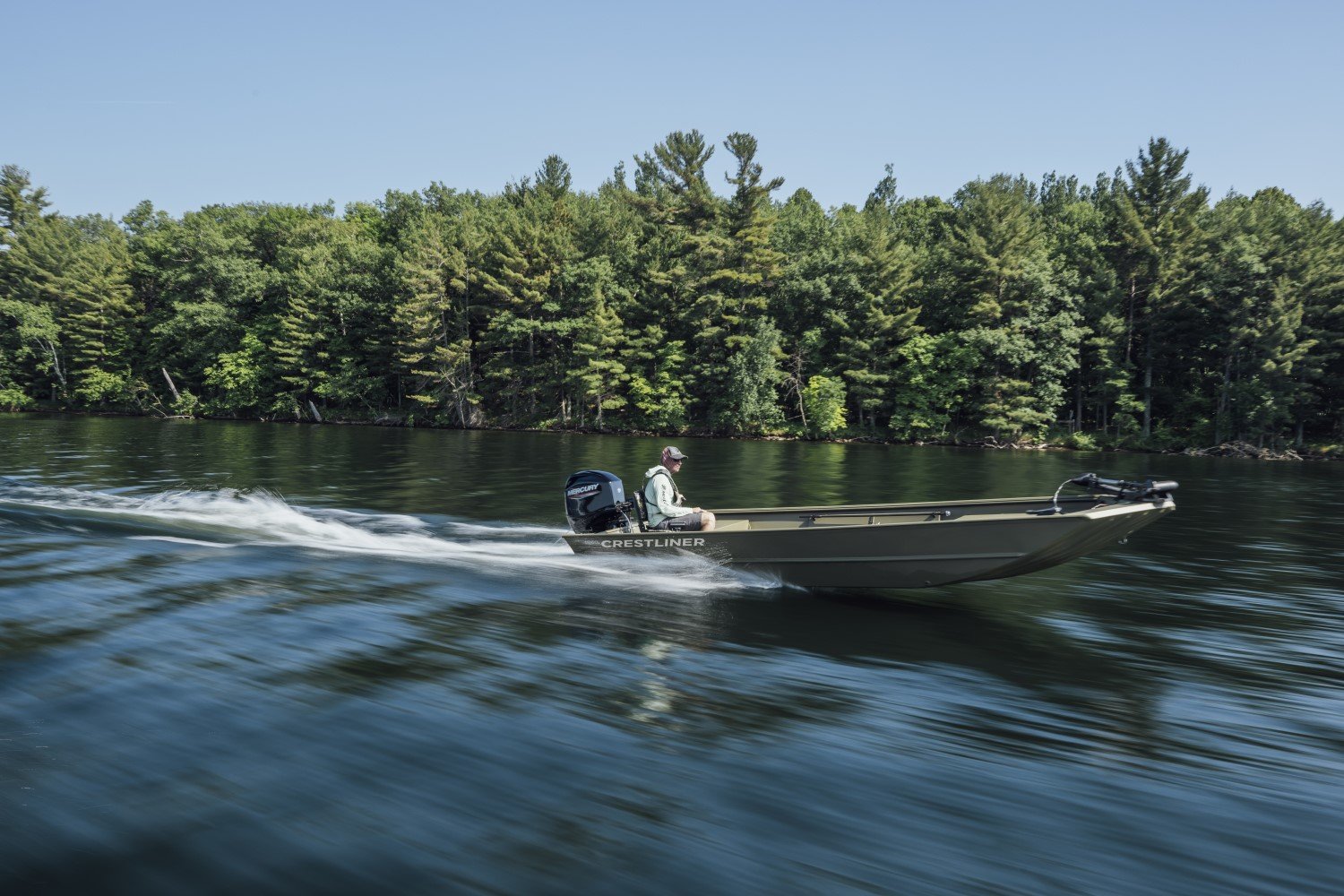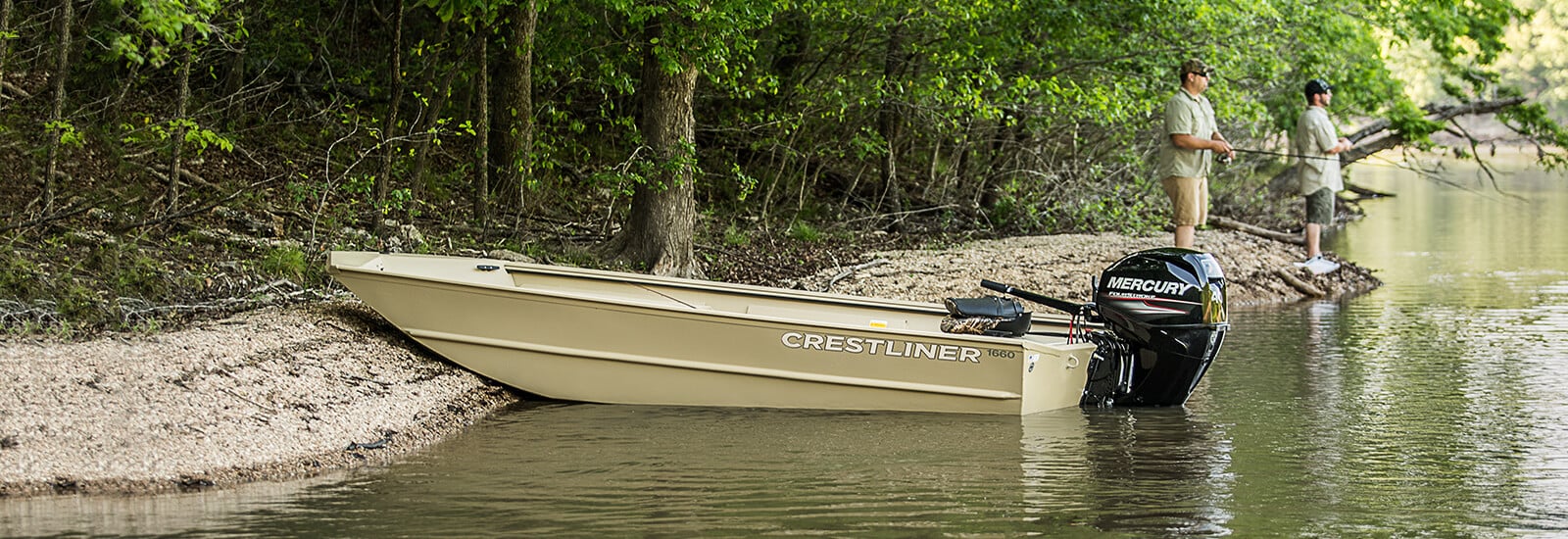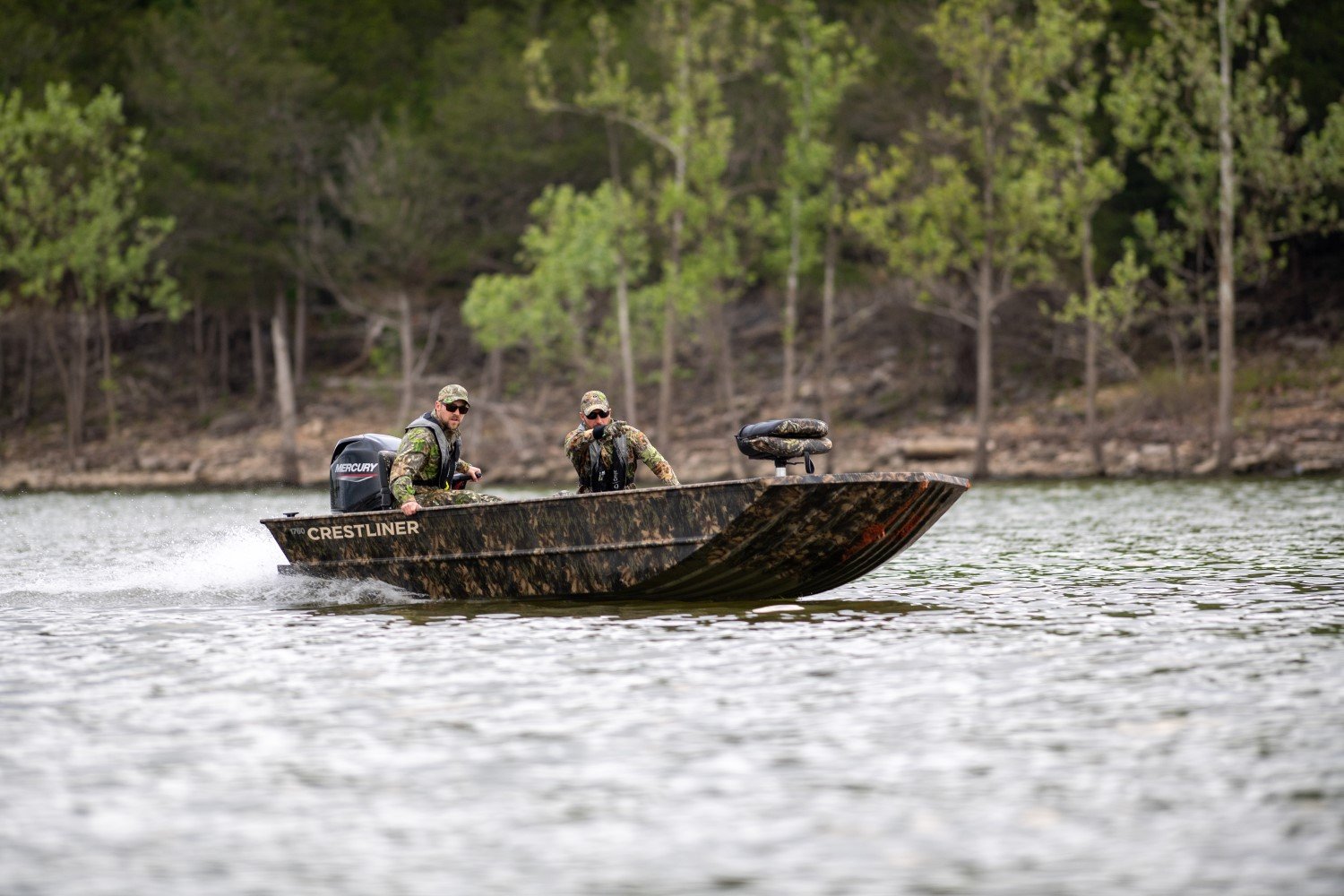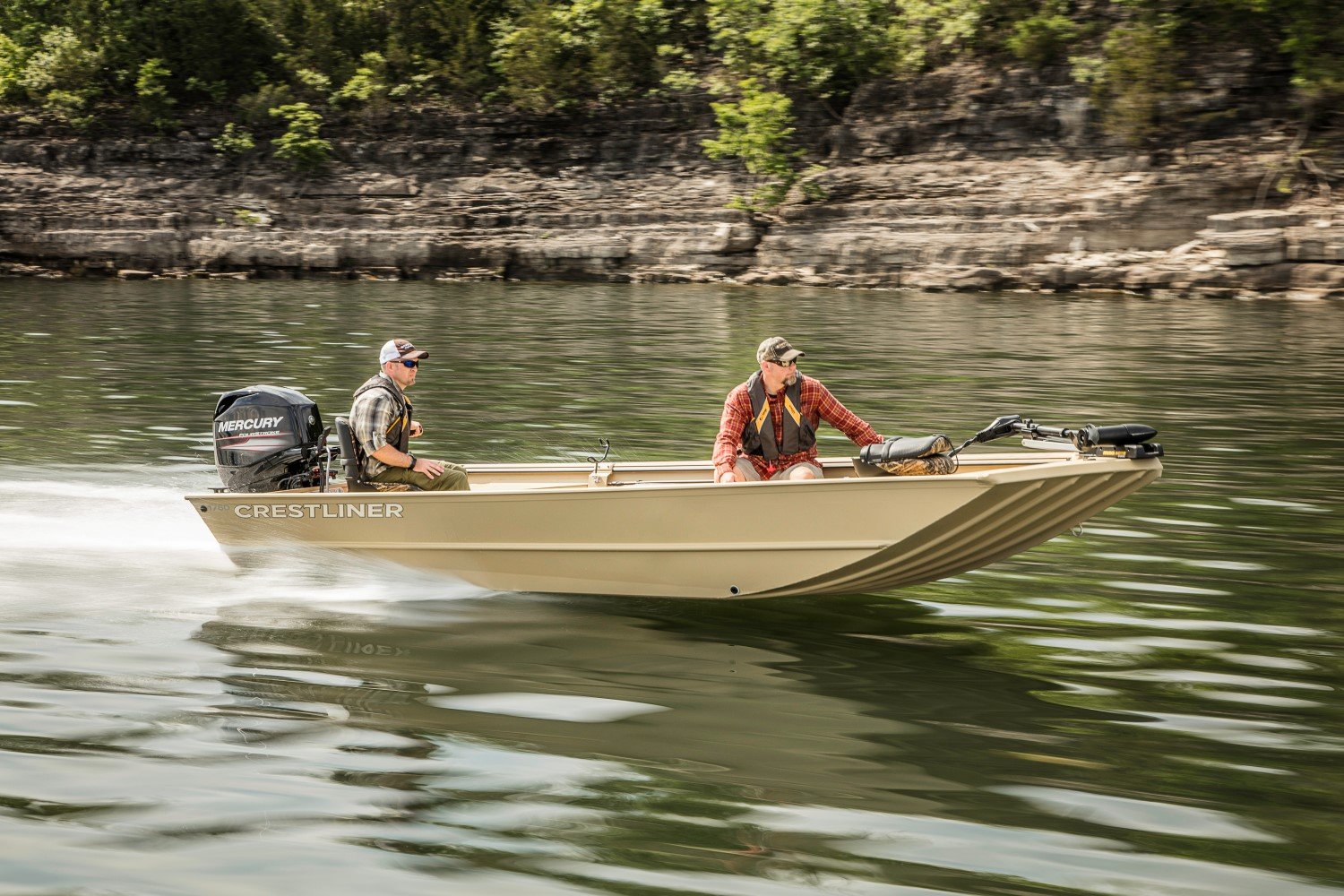As the chilly winds start to blow and winter approaches, it's crucial to properly winterize your boat before the cold sets in. We caught up with Crestliner Pro Adam Gamble to get his updated insights on the best practices for transitioning your boat and equipment into the winter season. Whether you're a dedicated angler or simply enjoy the water, these tips will help you safeguard your investment and ensure a seamless return to the water in the spring.
Maximizing Late-Season Performance
"If you're one of those anglers who loves extending your boating season well into the late fall, it's wise to consider a few key adjustments," suggests Gamble. "For boats with two-stroke outboards, adding a fuel stabilizer or octane booster is a smart move to enhance cold weather starting. On the other hand, if you're running a four-stroke outboard, switching to a more viscous engine oil, preferably synthetic, is recommended. For temperatures above 40-degrees, go for 25W-40 oil, while for colder weather, opt for a synthetic 0W-40. This choice promotes better lubrication of moving parts and easier starts on those frosty days."
Efficient End-of-Season Storage
"When it's time to tuck your boat away for the winter, consider taking on the outboard winterization process yourself," advises Gamble. "This hands-on approach not only acquaints you with your propulsion system but also addresses any potential issues before the next season. You'll find comprehensive DIY videos online for various outboards, inboards, and stern drives. A quick trip to the parts store for oil and filters can save you a significant amount of money. Plus, the satisfaction of completing the task yourself is rewarding. Basic steps include draining all water, changing the engine oil and filter, lower unit oil replacement, simple propeller maintenance, greasing bushings, and checking sacrificial anodes."
Preserving Fuel Quality
Gamble emphasizes that overlooking your fuel system at the end of the season can lead to complications in the spring. "Many people park their boats and forget about their fuel system, which can spell trouble later on," he warns. "For portable fuel tanks on outboards, adding a fuel stabilizer like Sea Foam to the remaining fuel and running it through the outboard for several minutes before storage is a wise move. In spring, safely dispose of the unused fuel and refill the tank with fresh, high-octane gasoline for a smooth start. For integrated fuel tanks on outboards, inboards, and stern drives, fill the tank completely with high-octane fuel and add a fuel stabilizer when the season ends. Running the engine briefly allows the fresh fuel to circulate through the entire system, preventing condensation buildup."
More Winterization Tips
For more advanced winterizing techniques and insights, be sure to explore our boat winterization tips. And we know it’s tough but try not to be too depressed that the boating season is over — ice-out will be here before you know it, and you’ll soon be swinging walleye over the gunwales of your boat once again.

